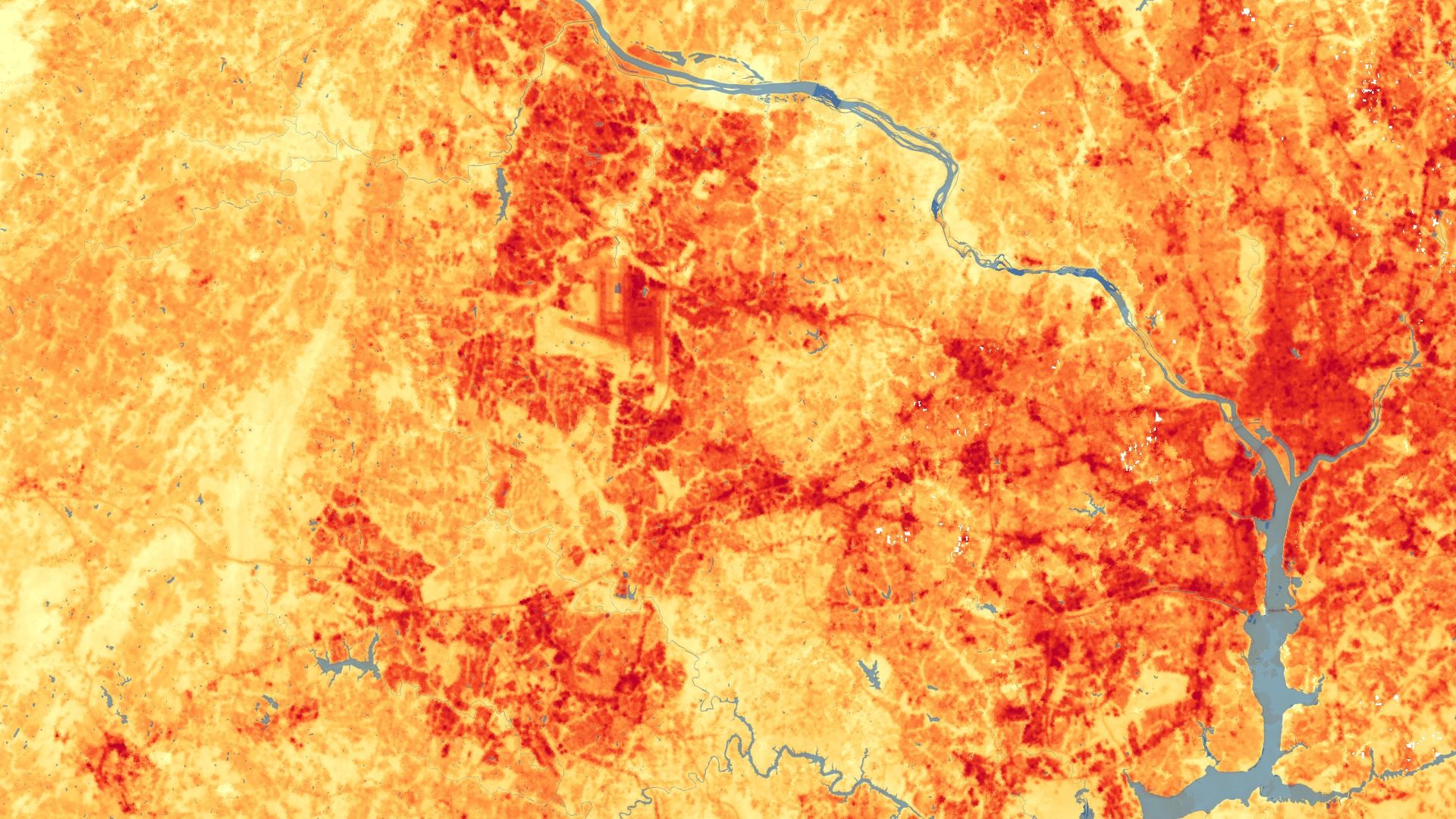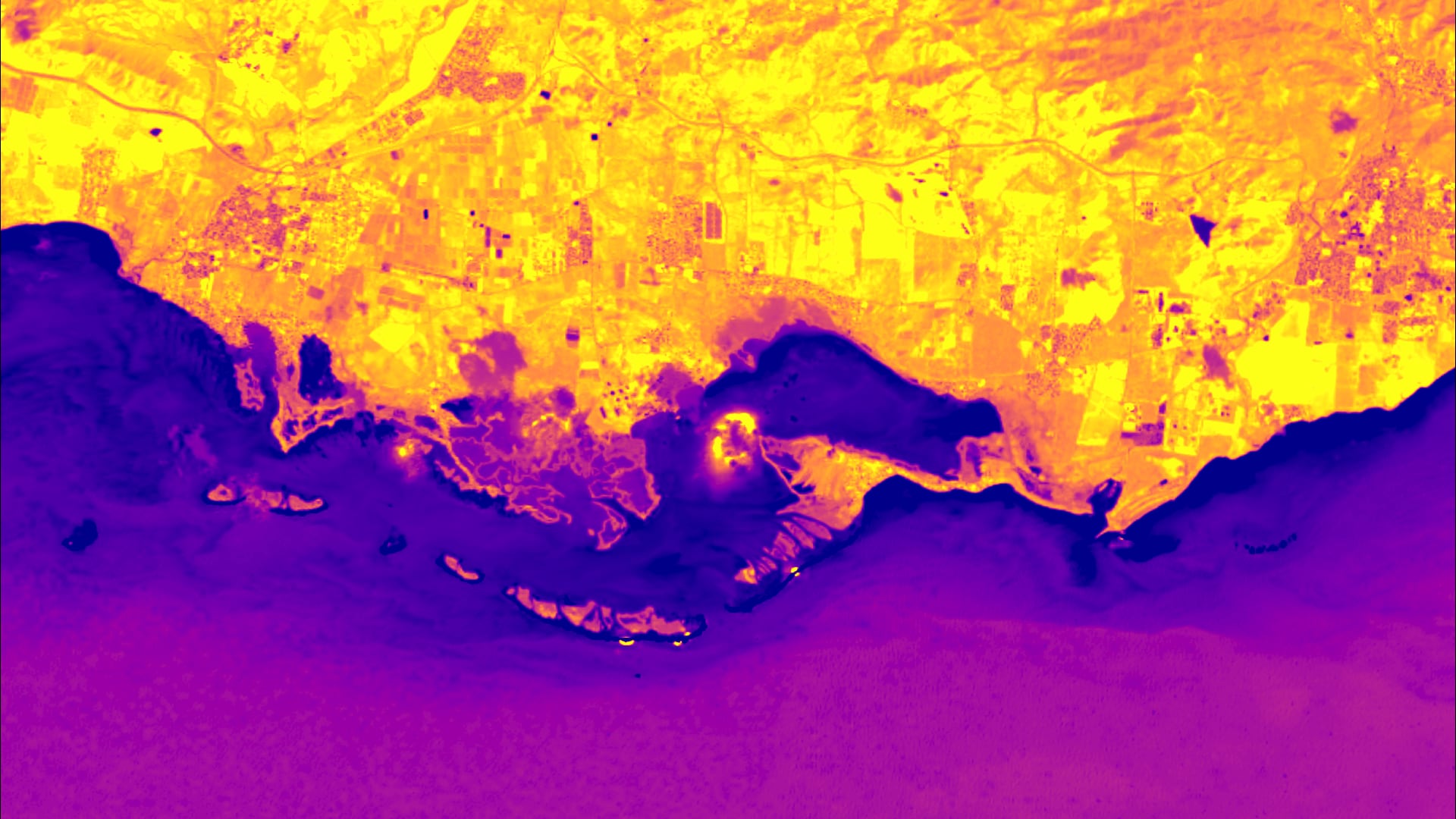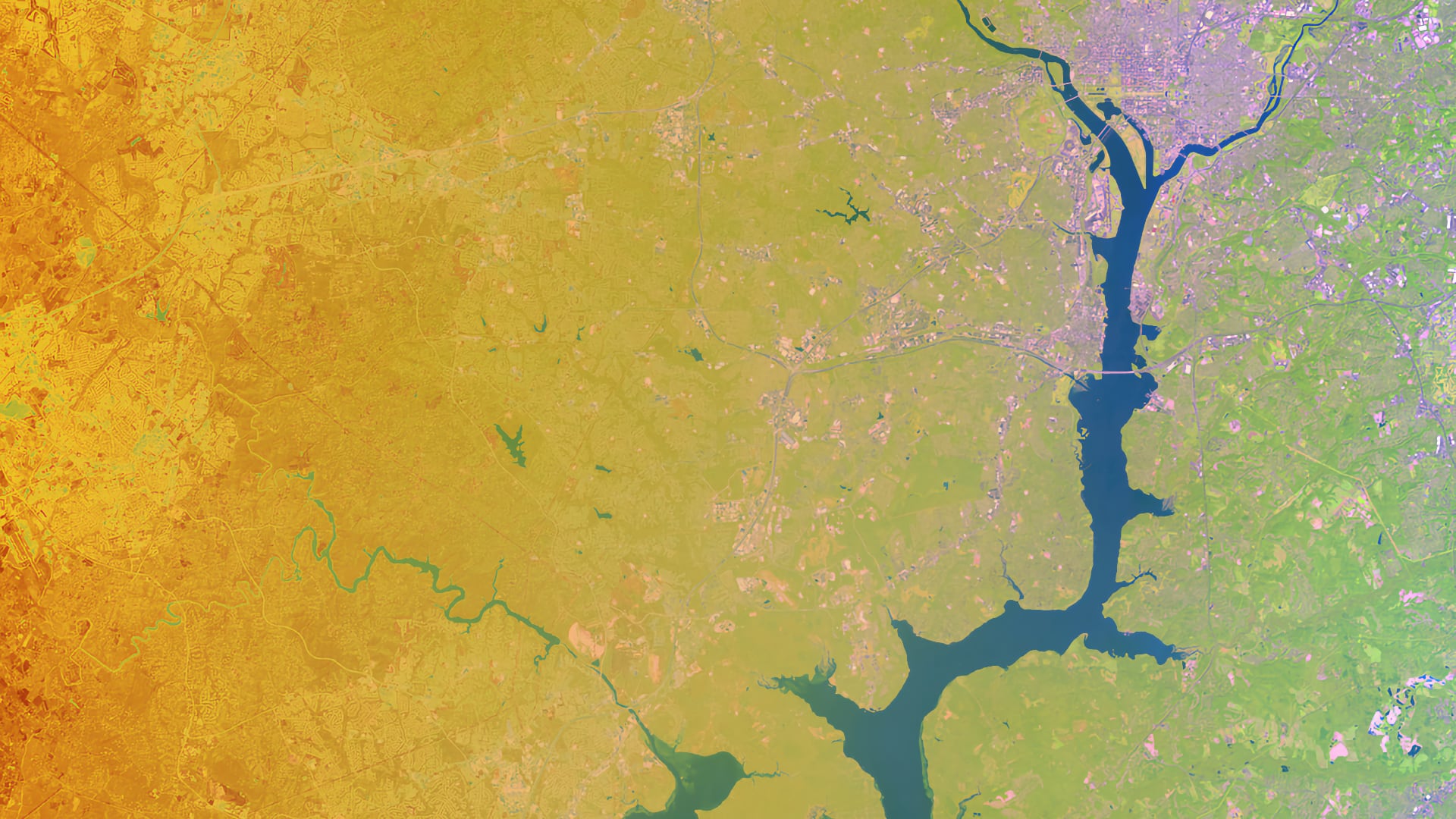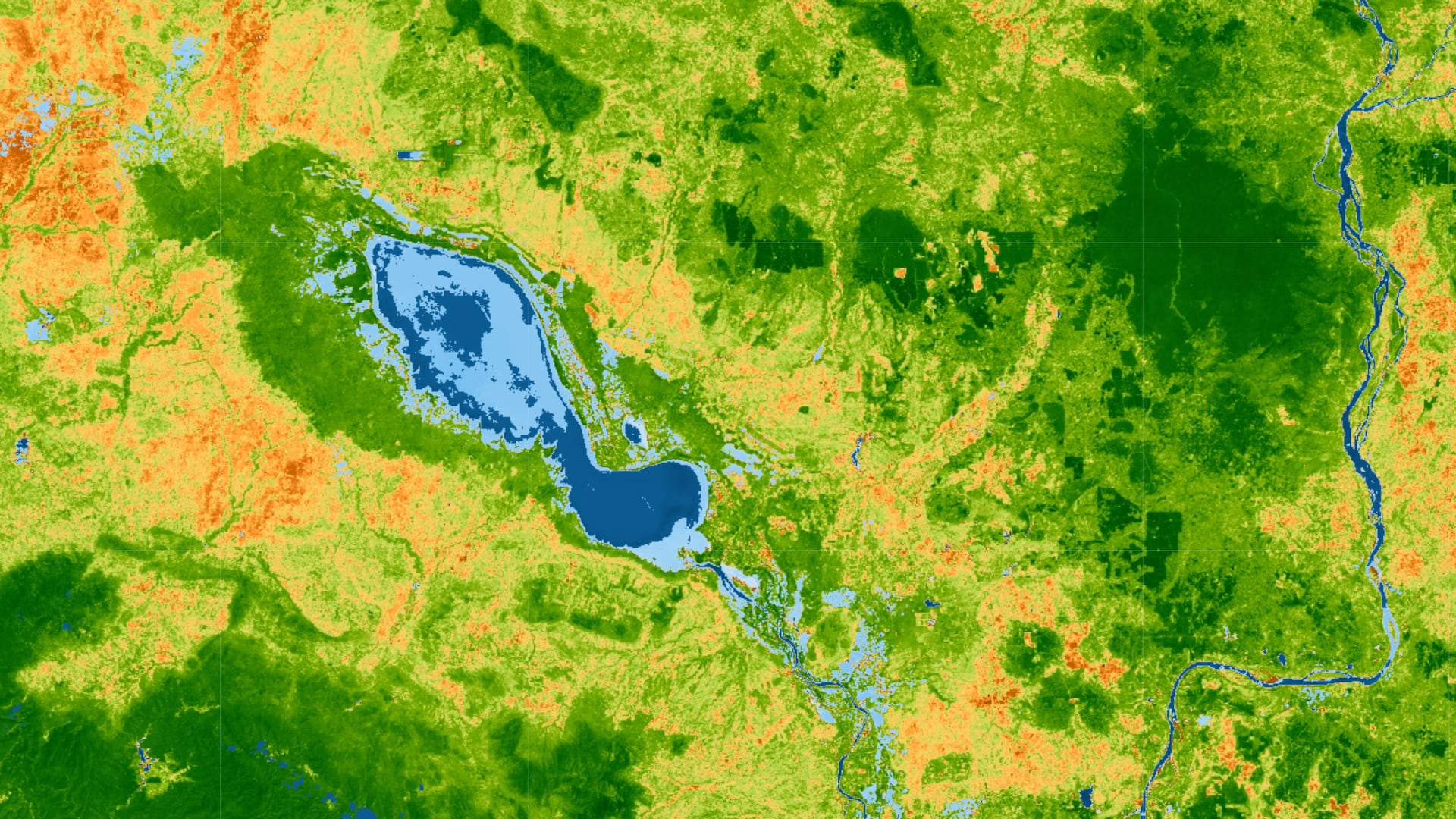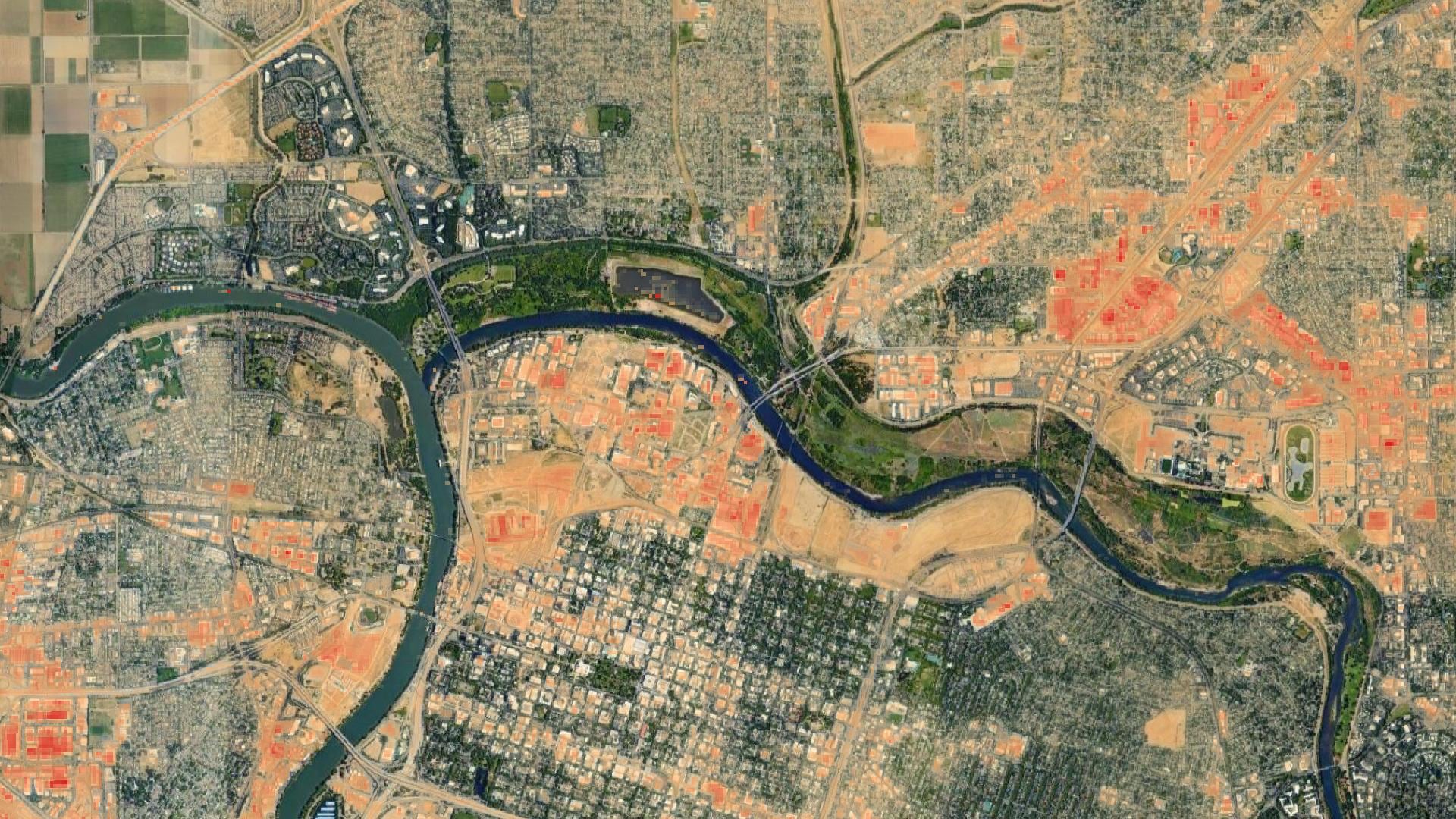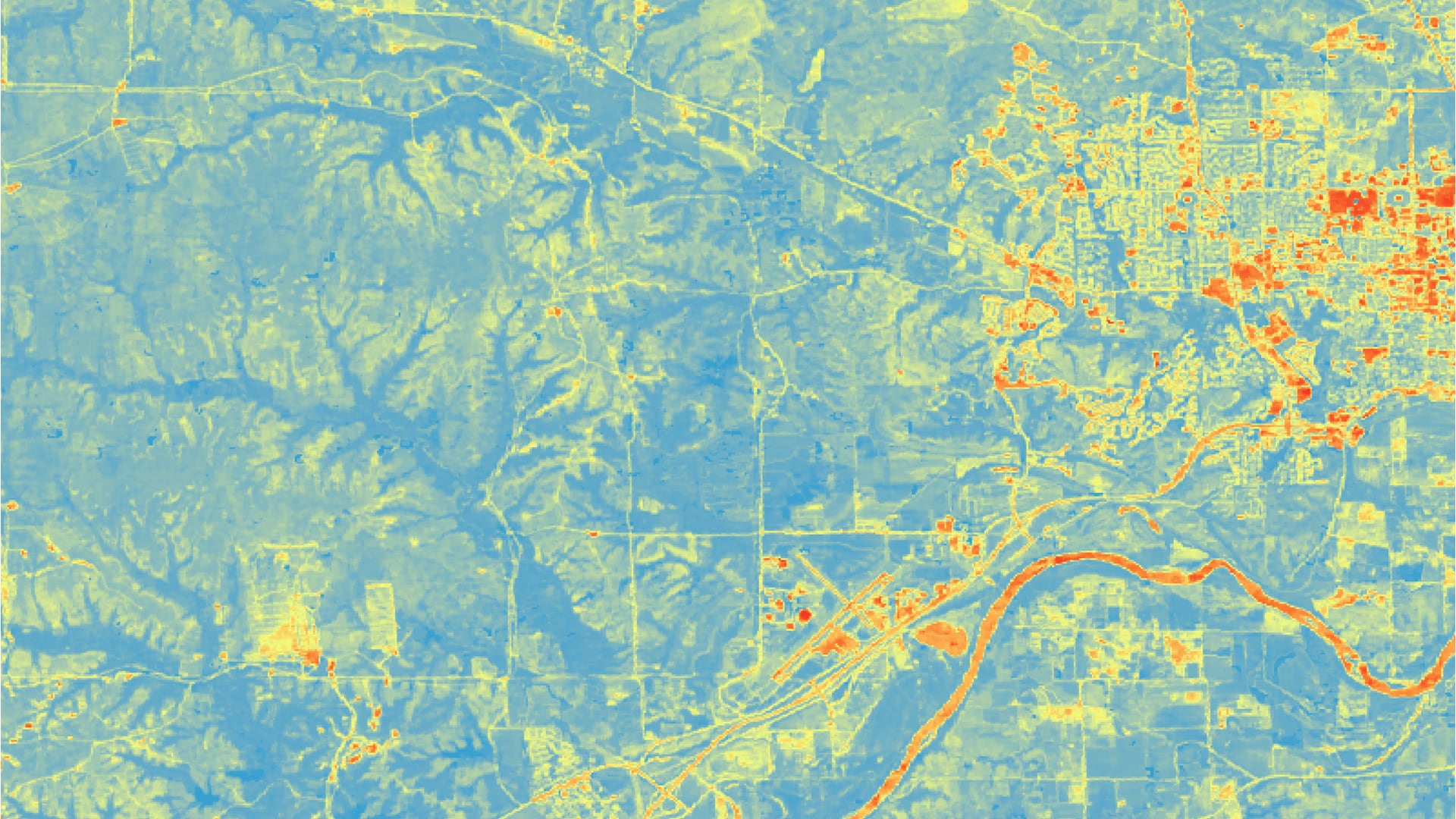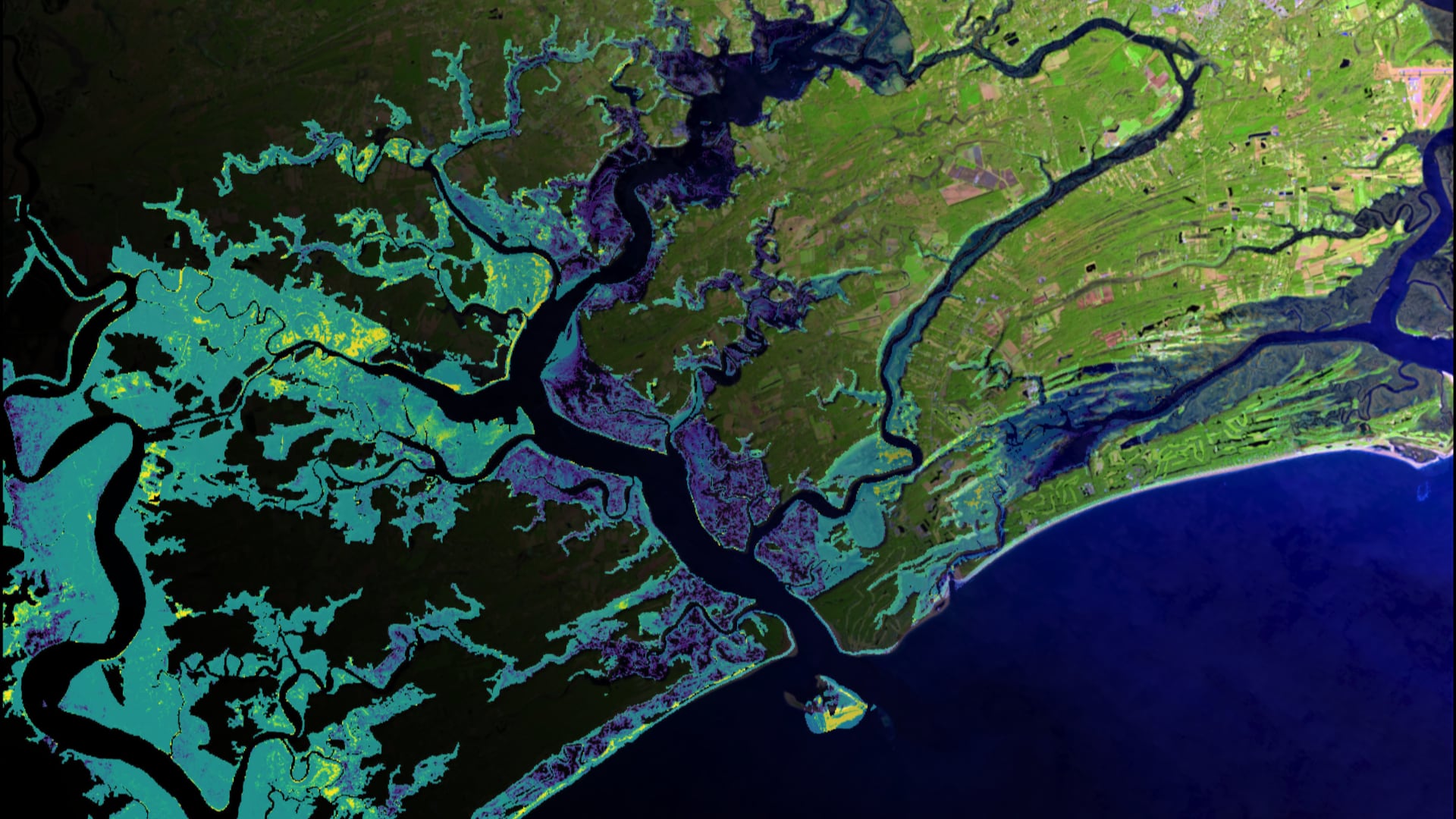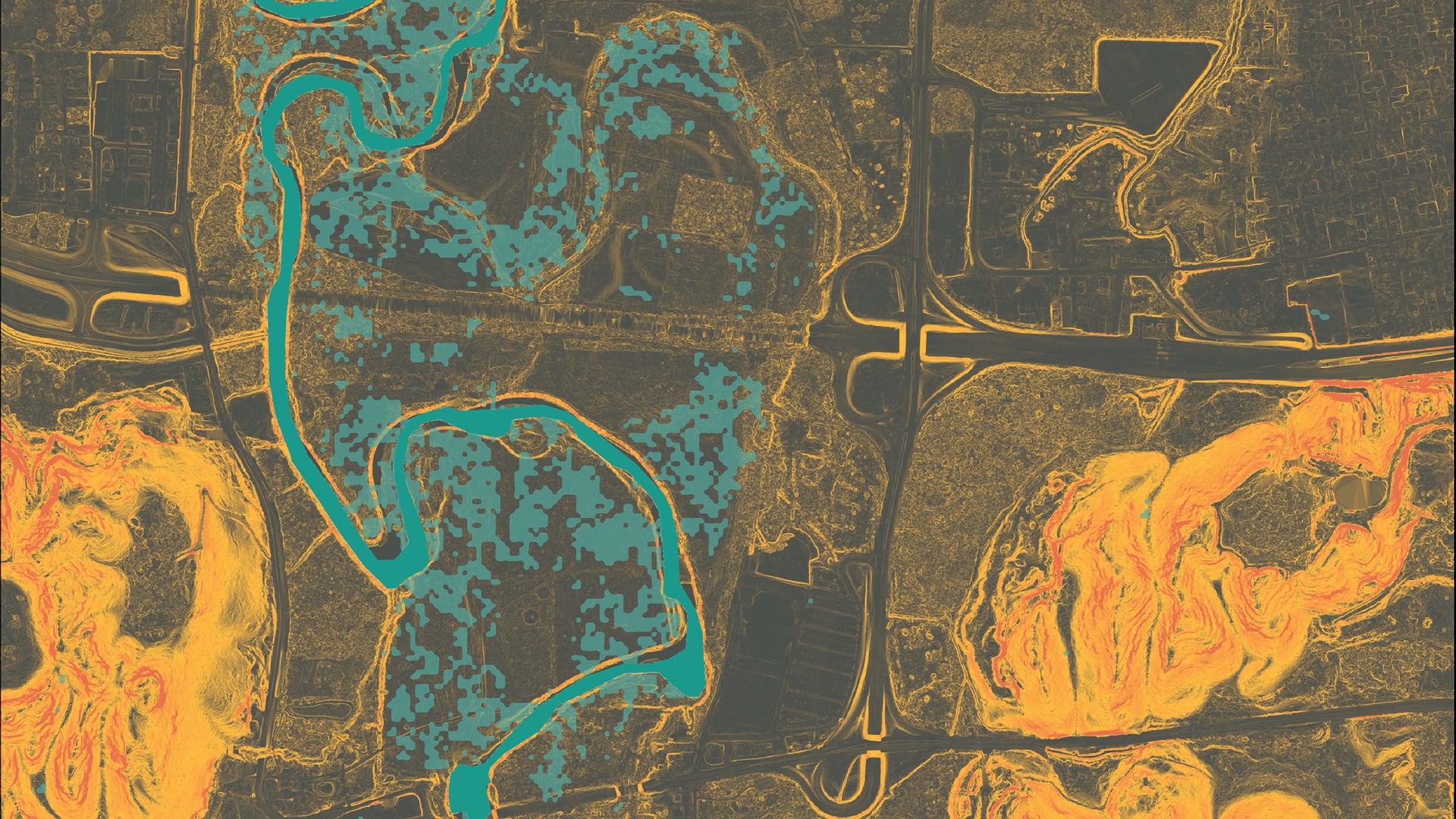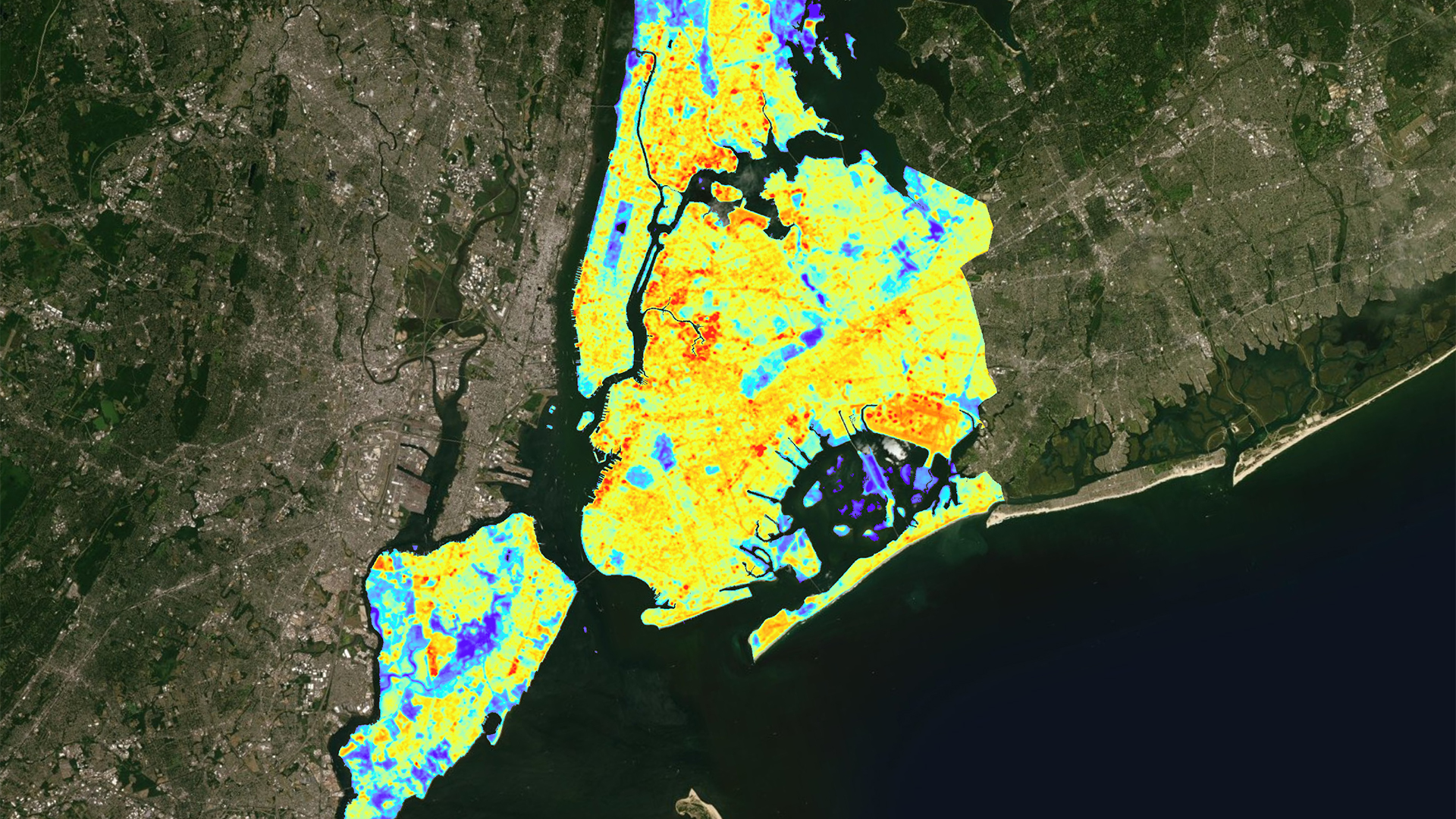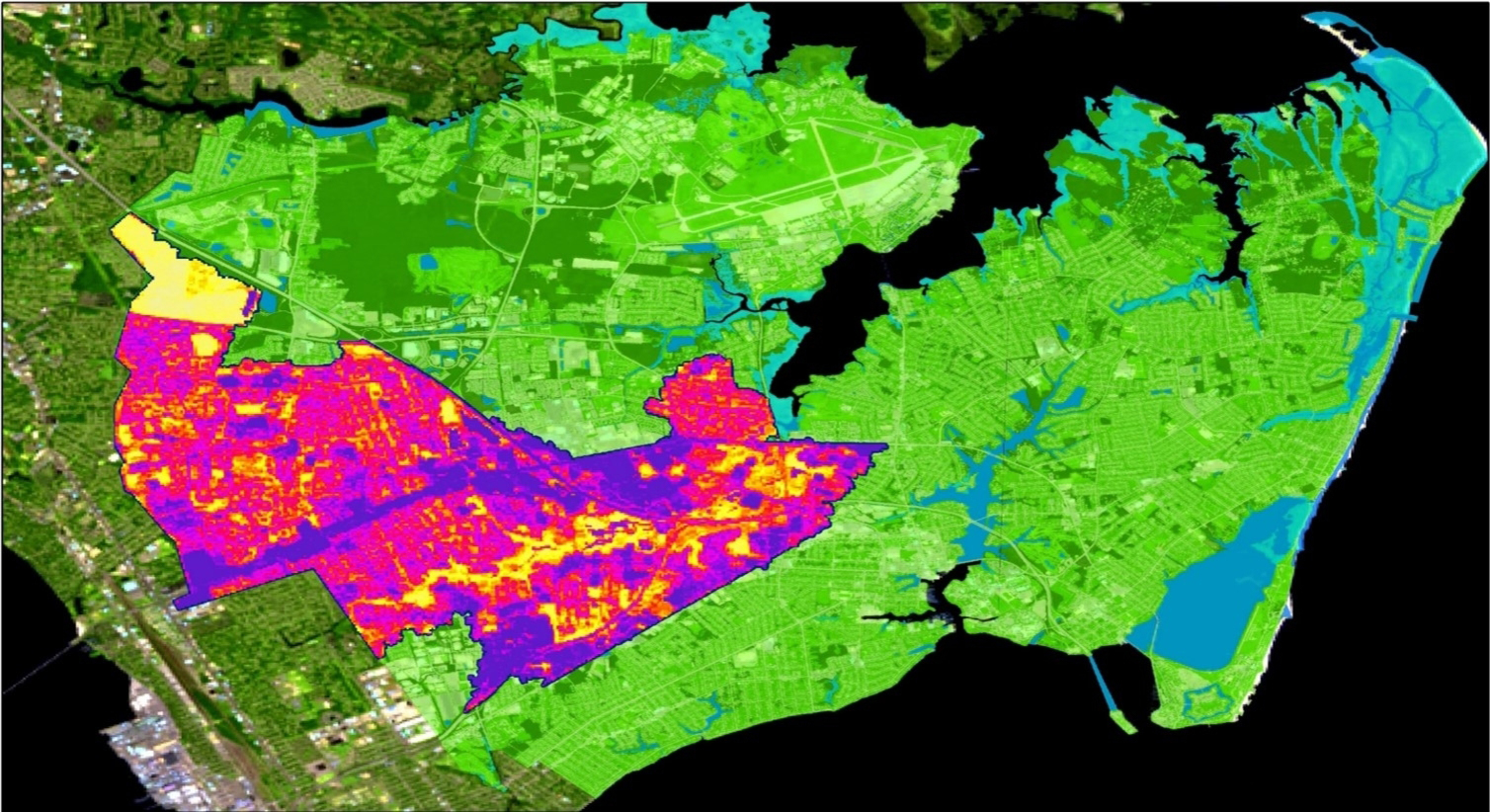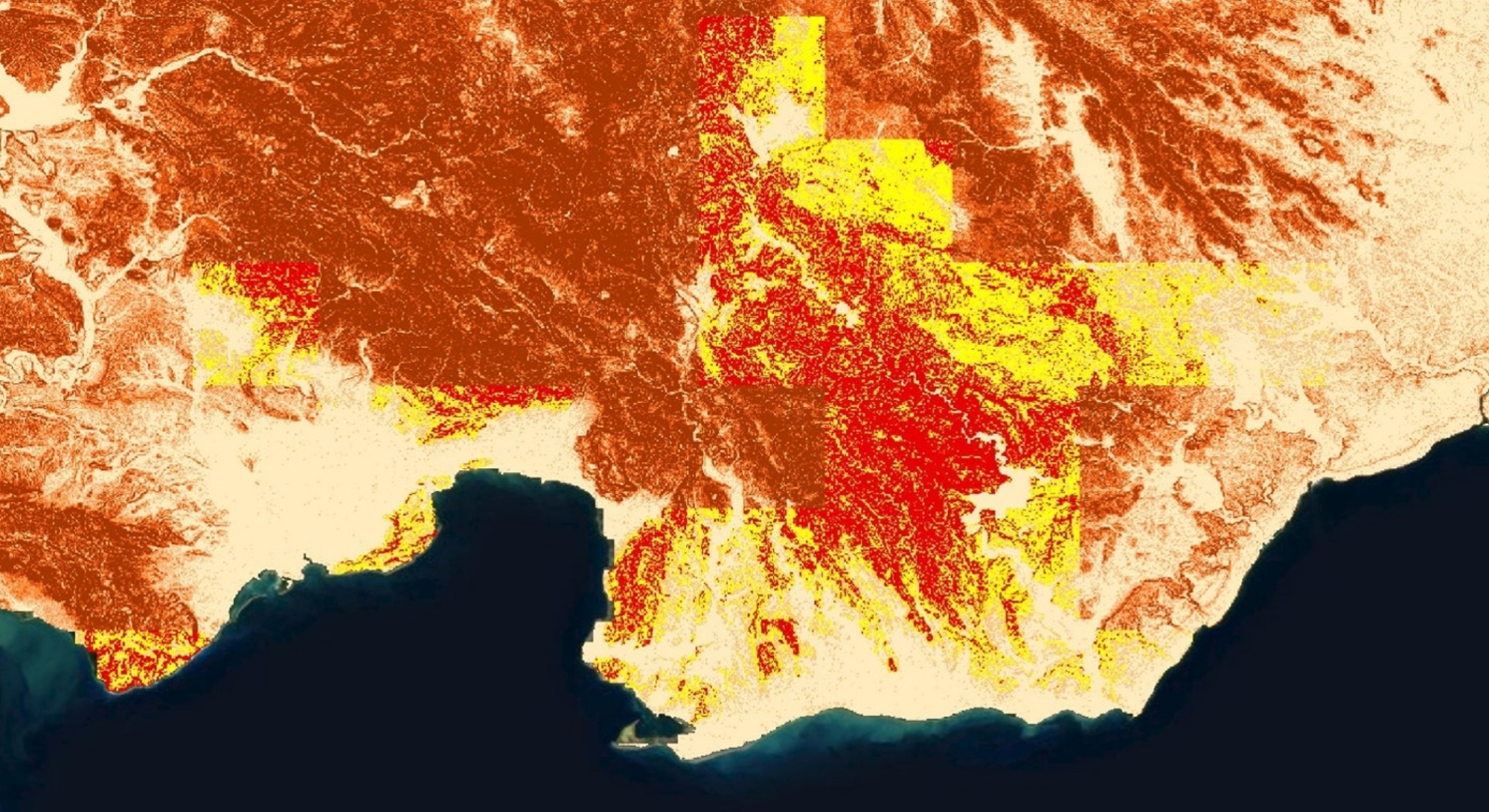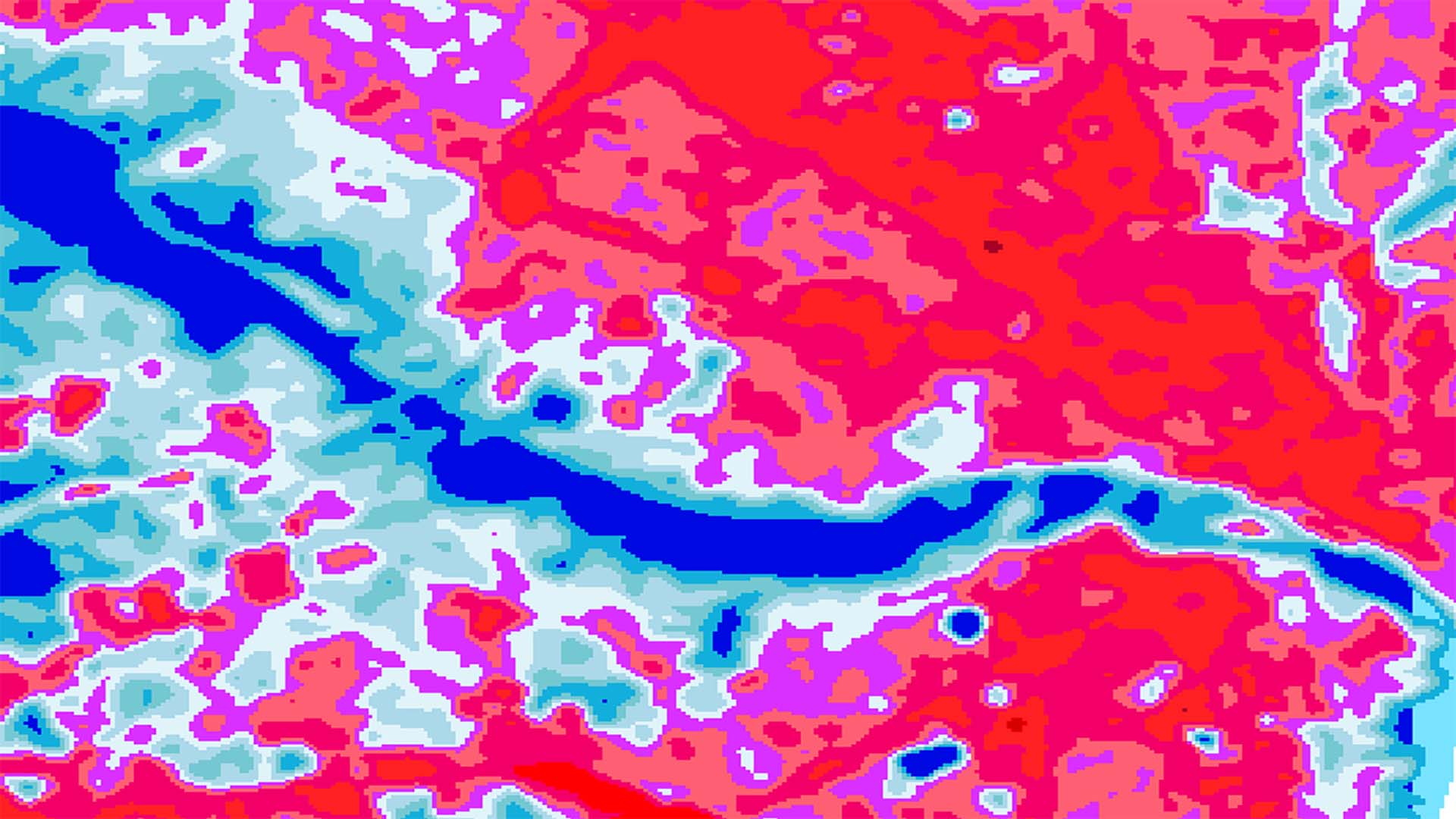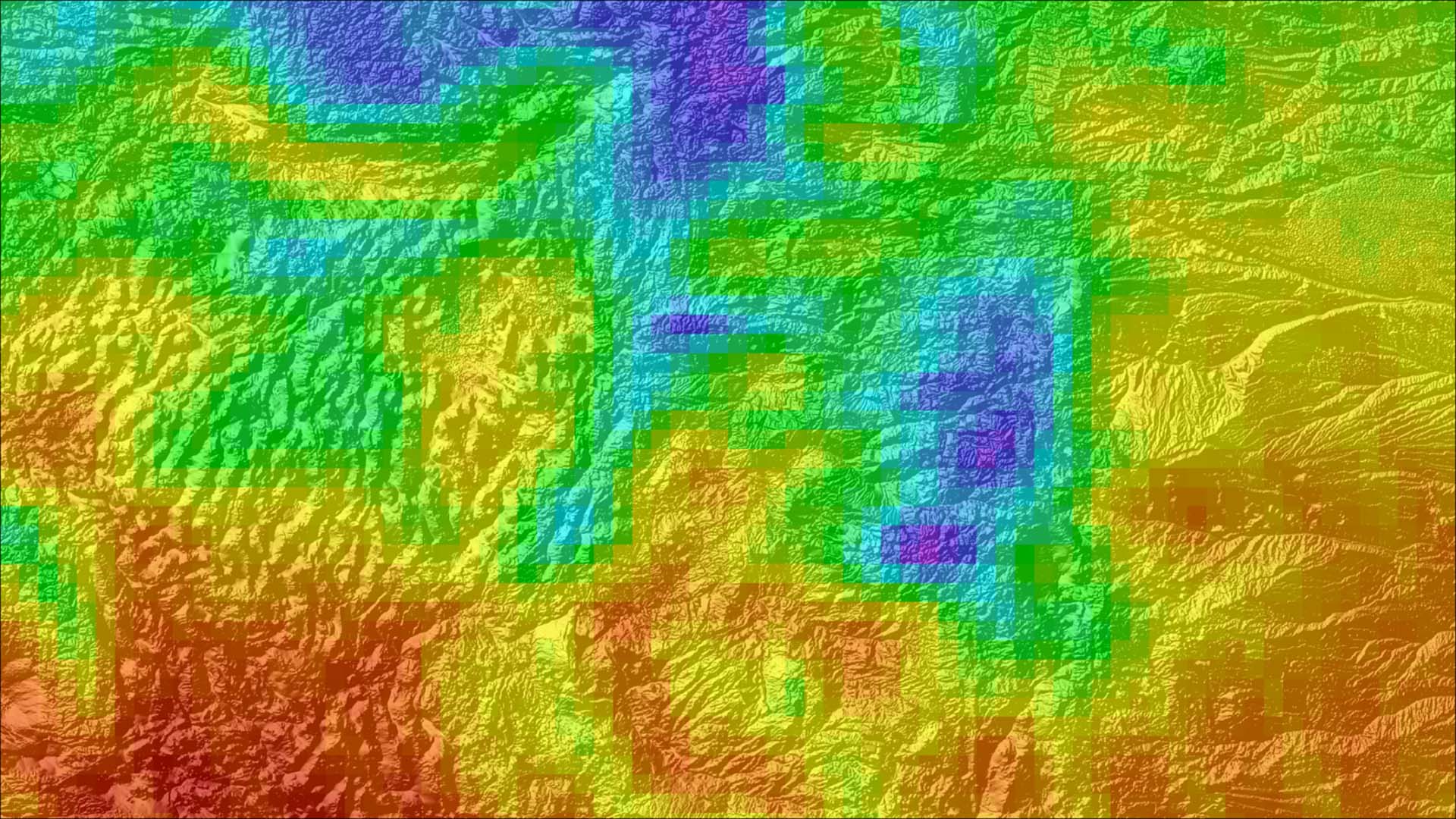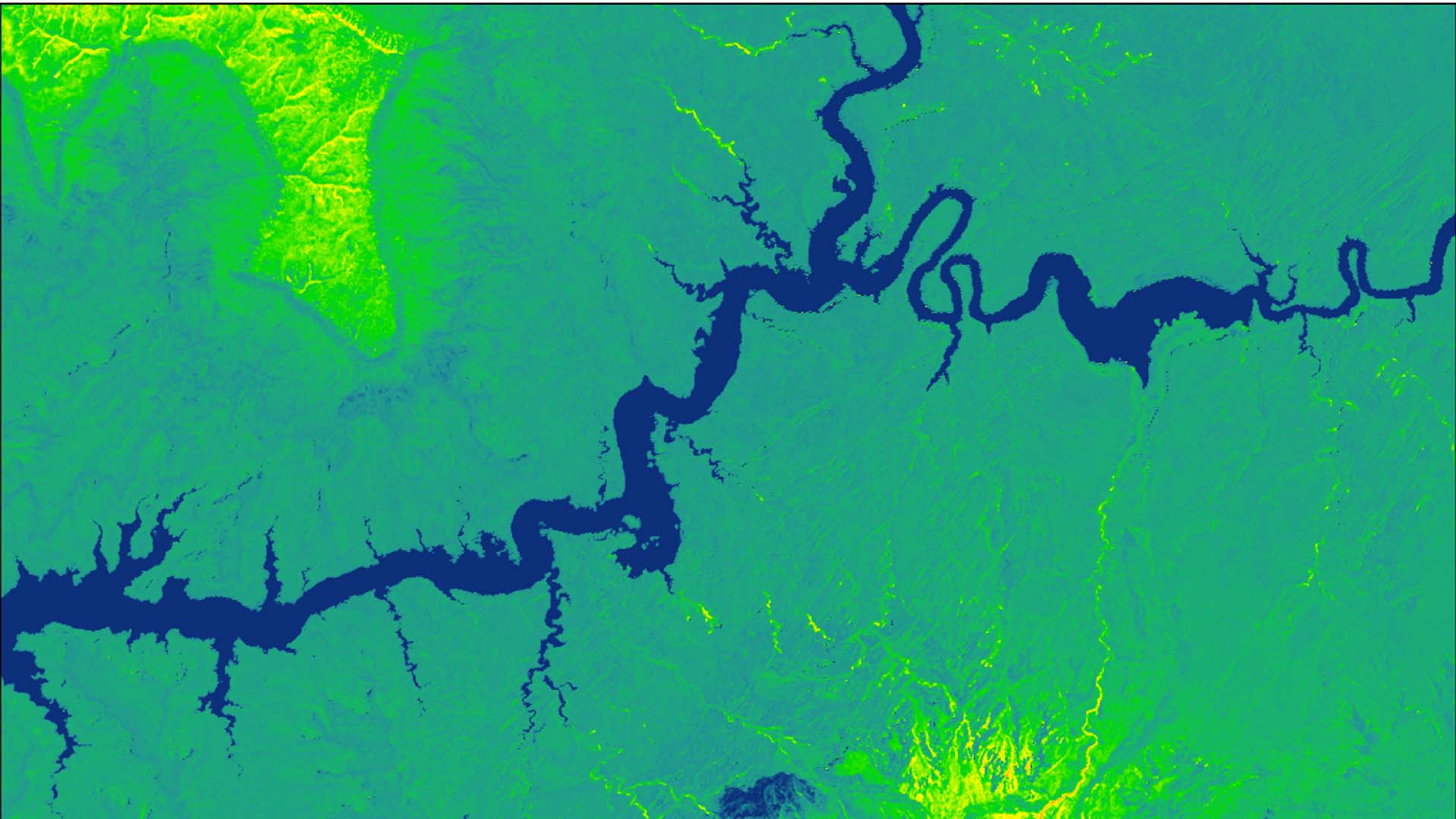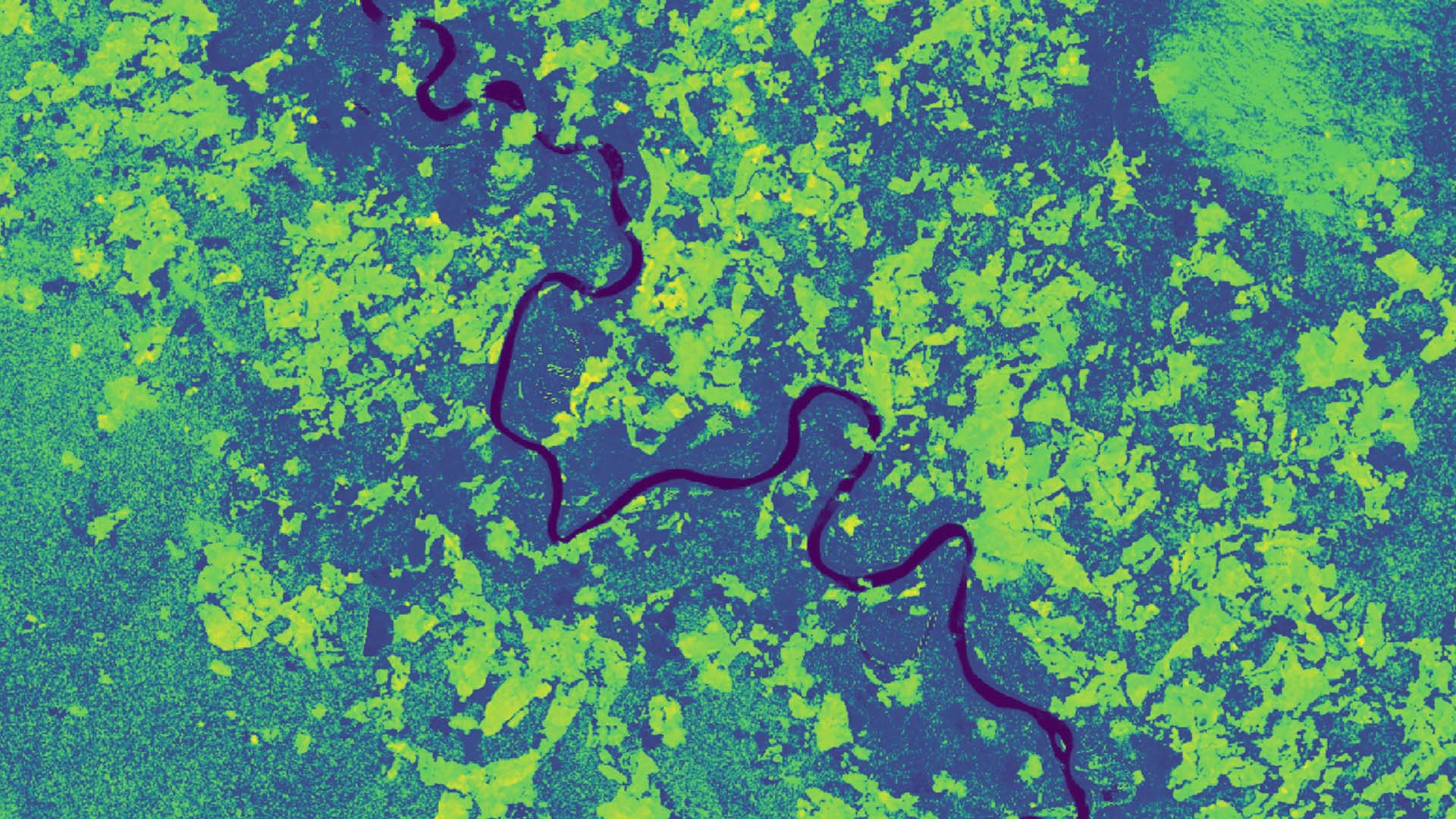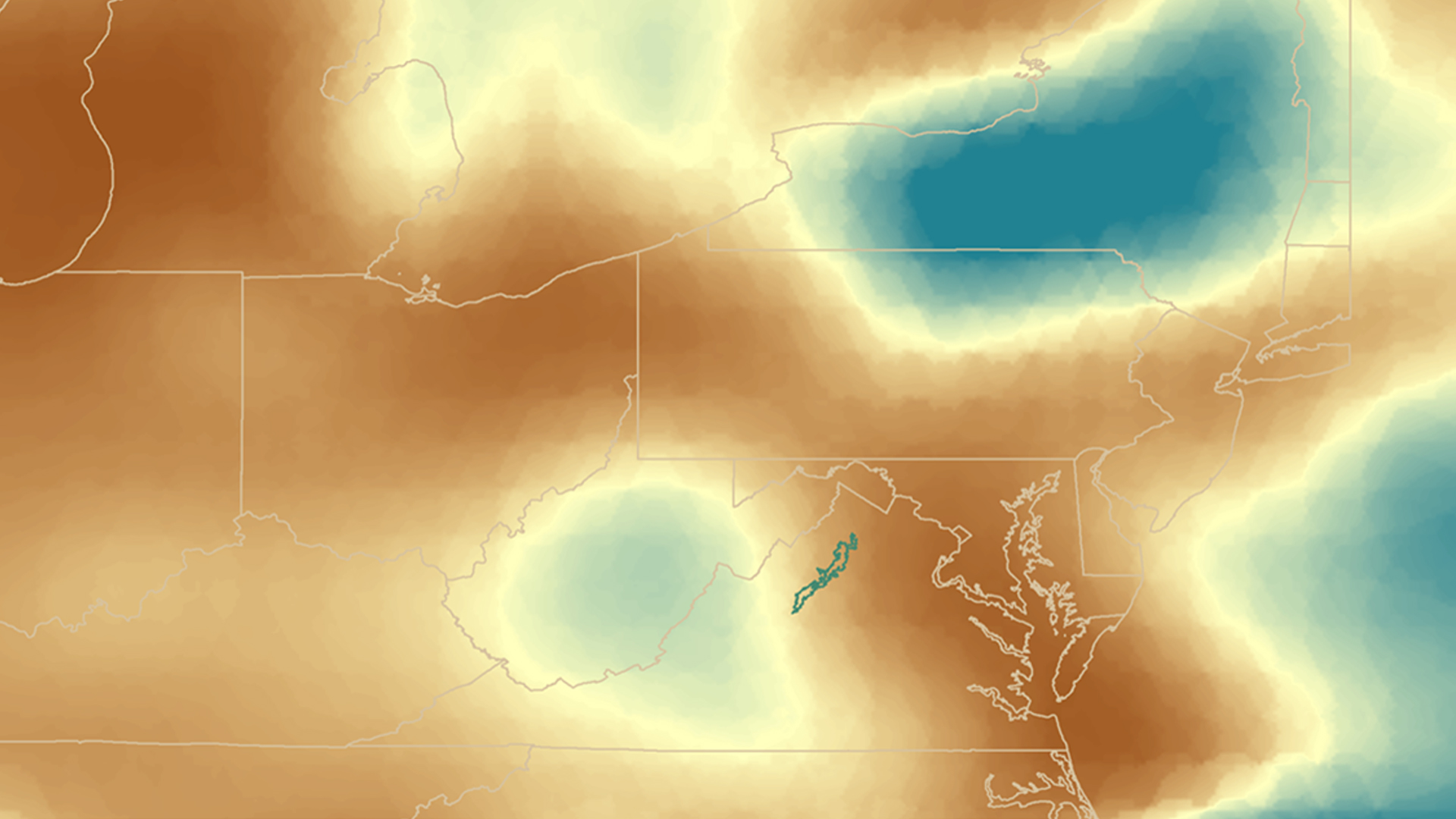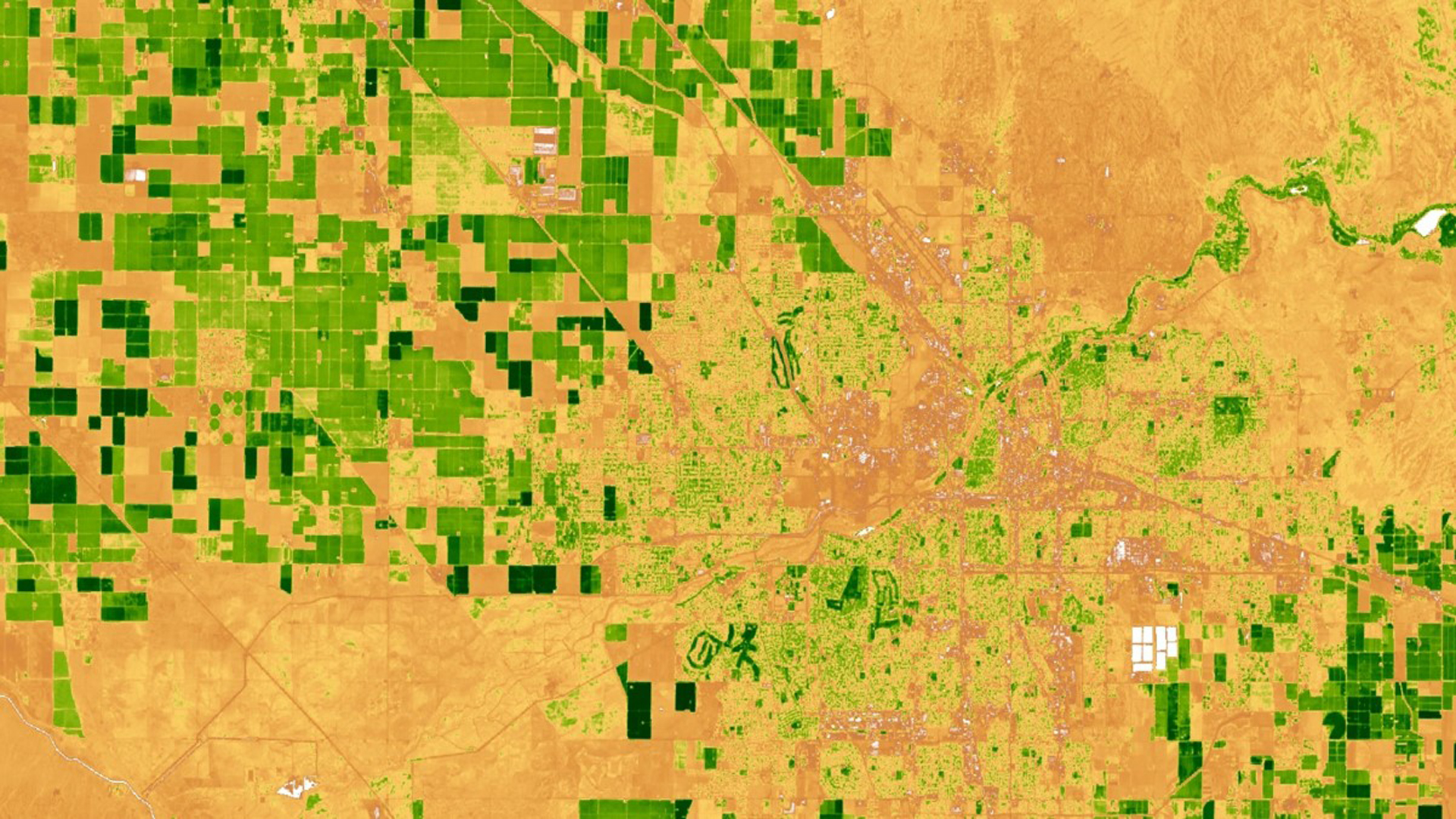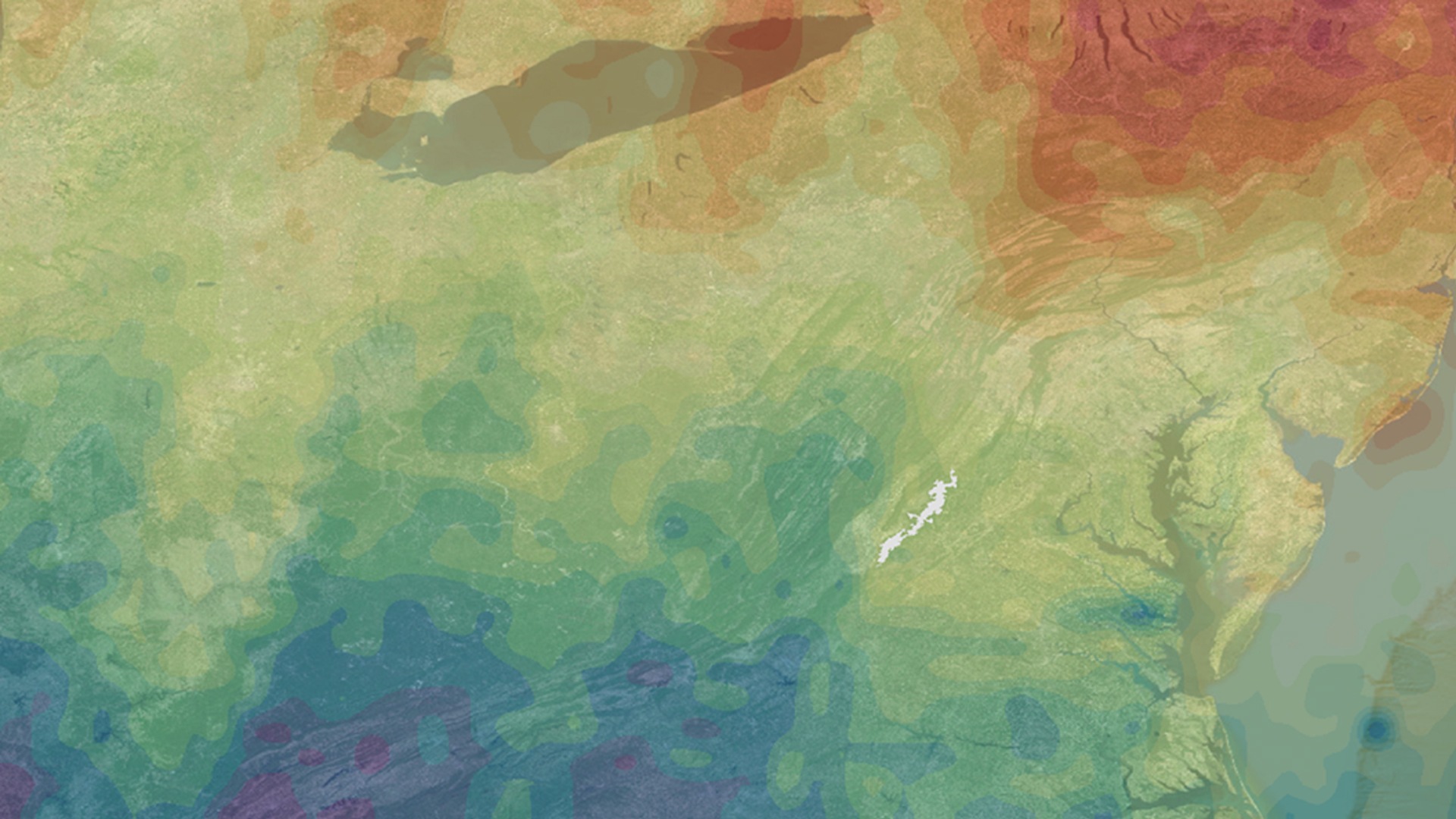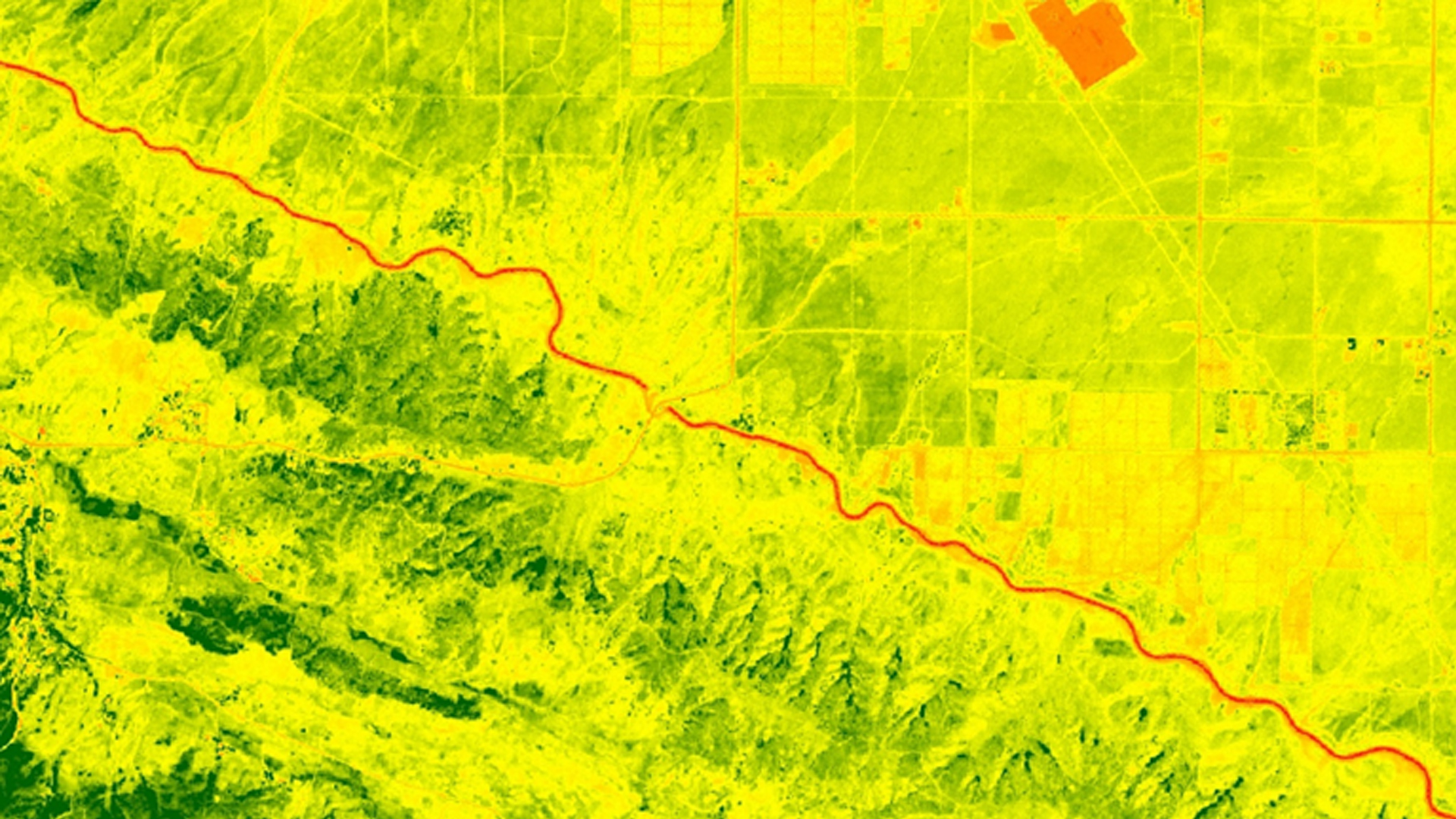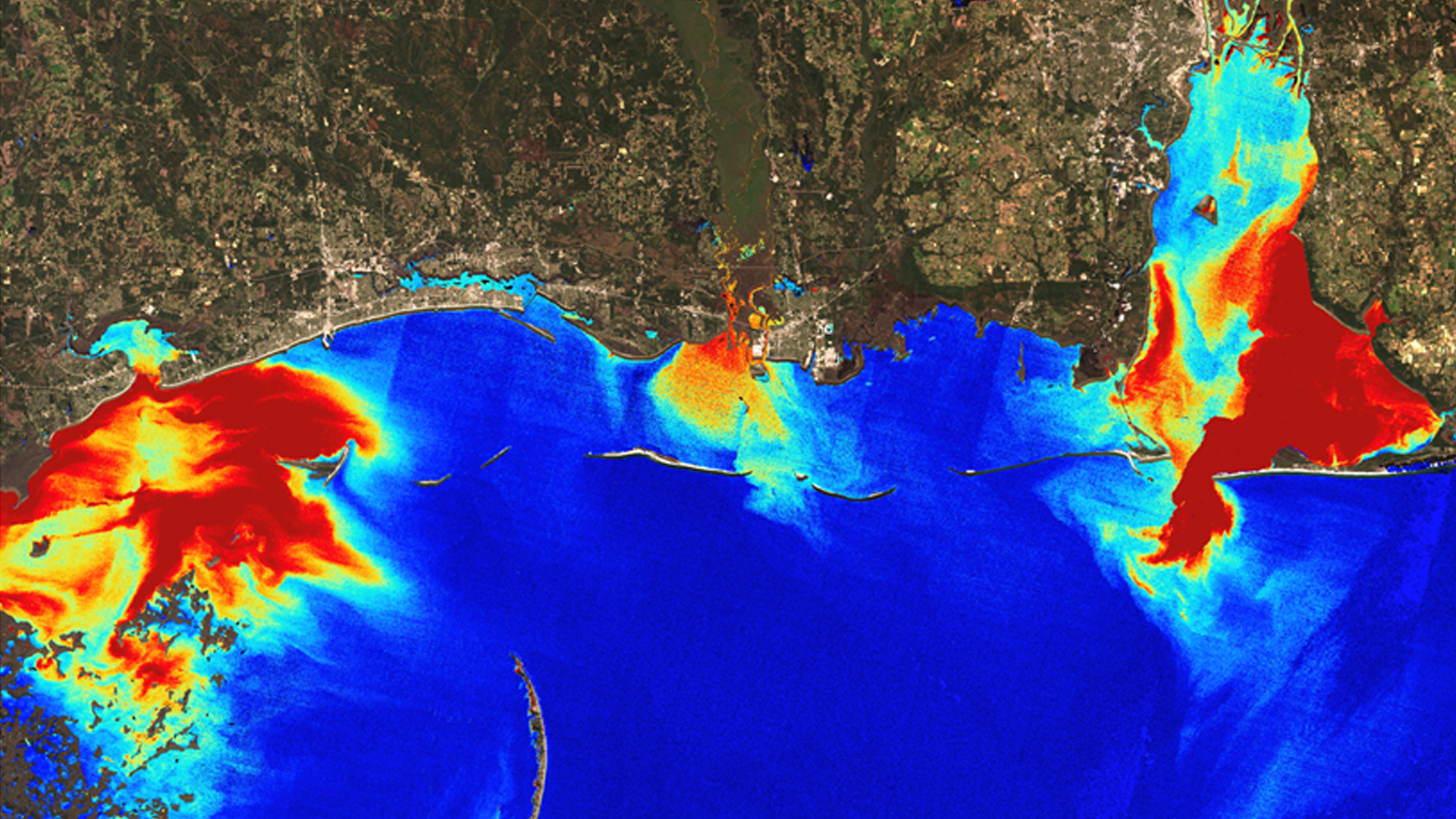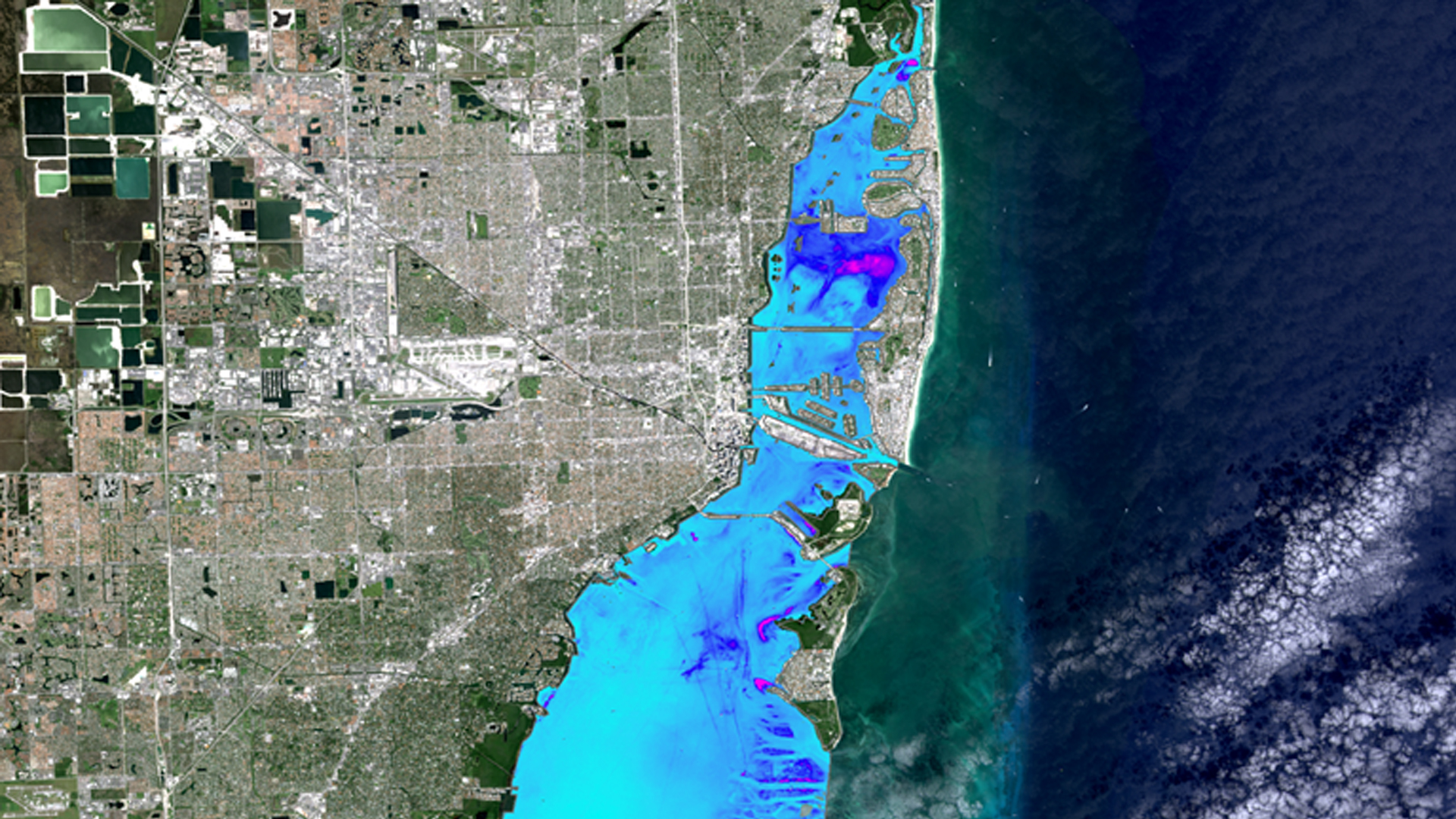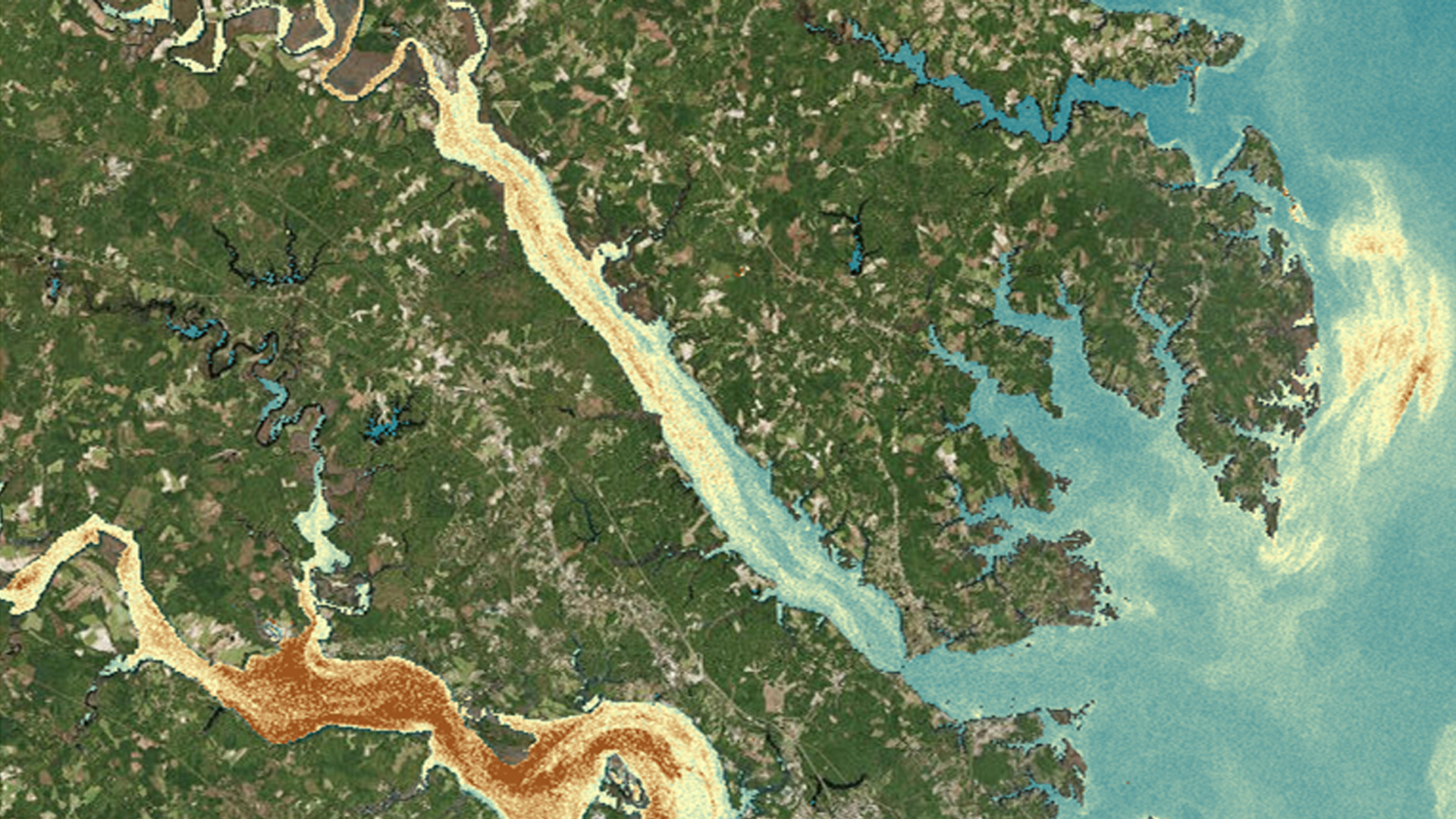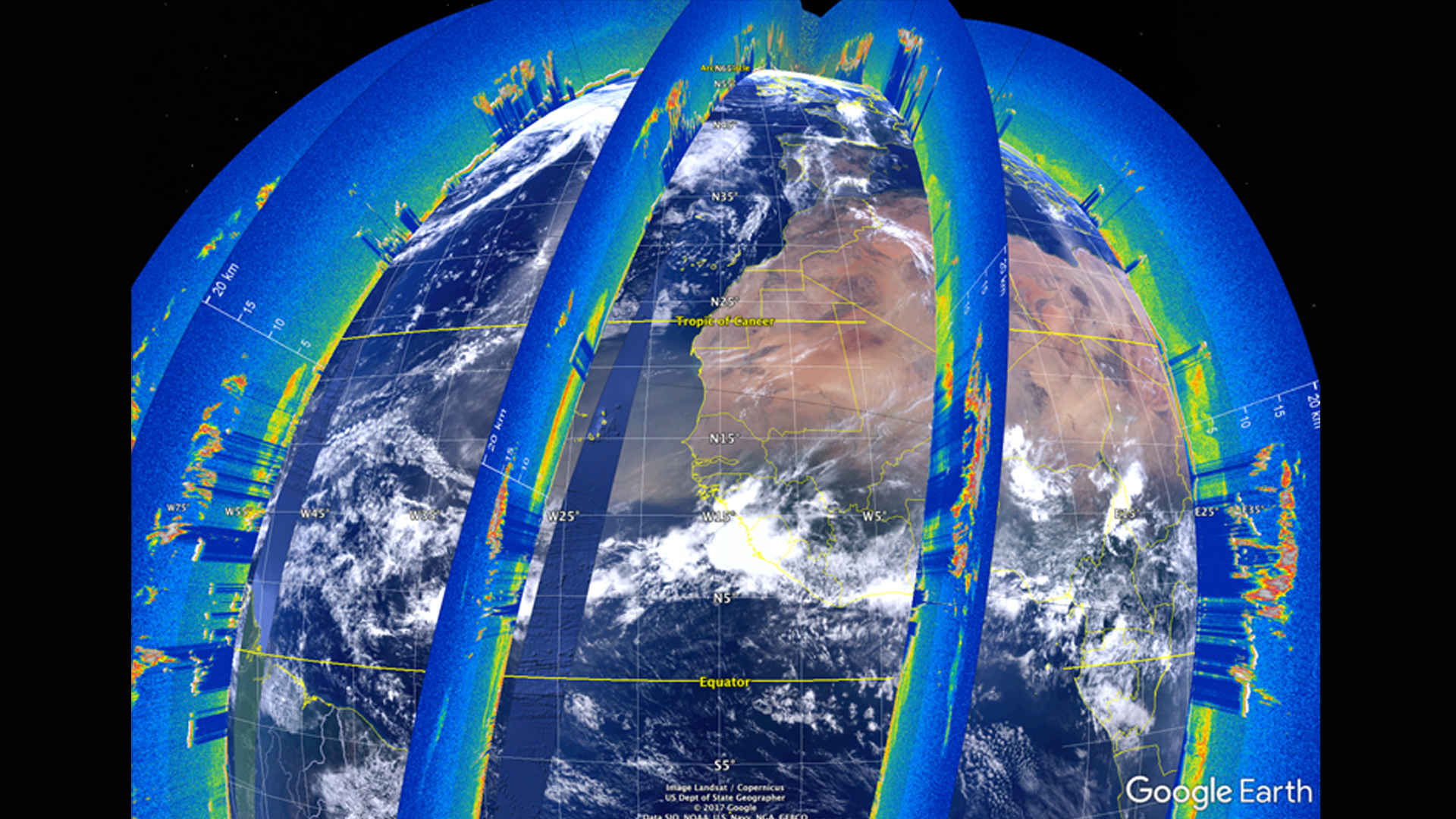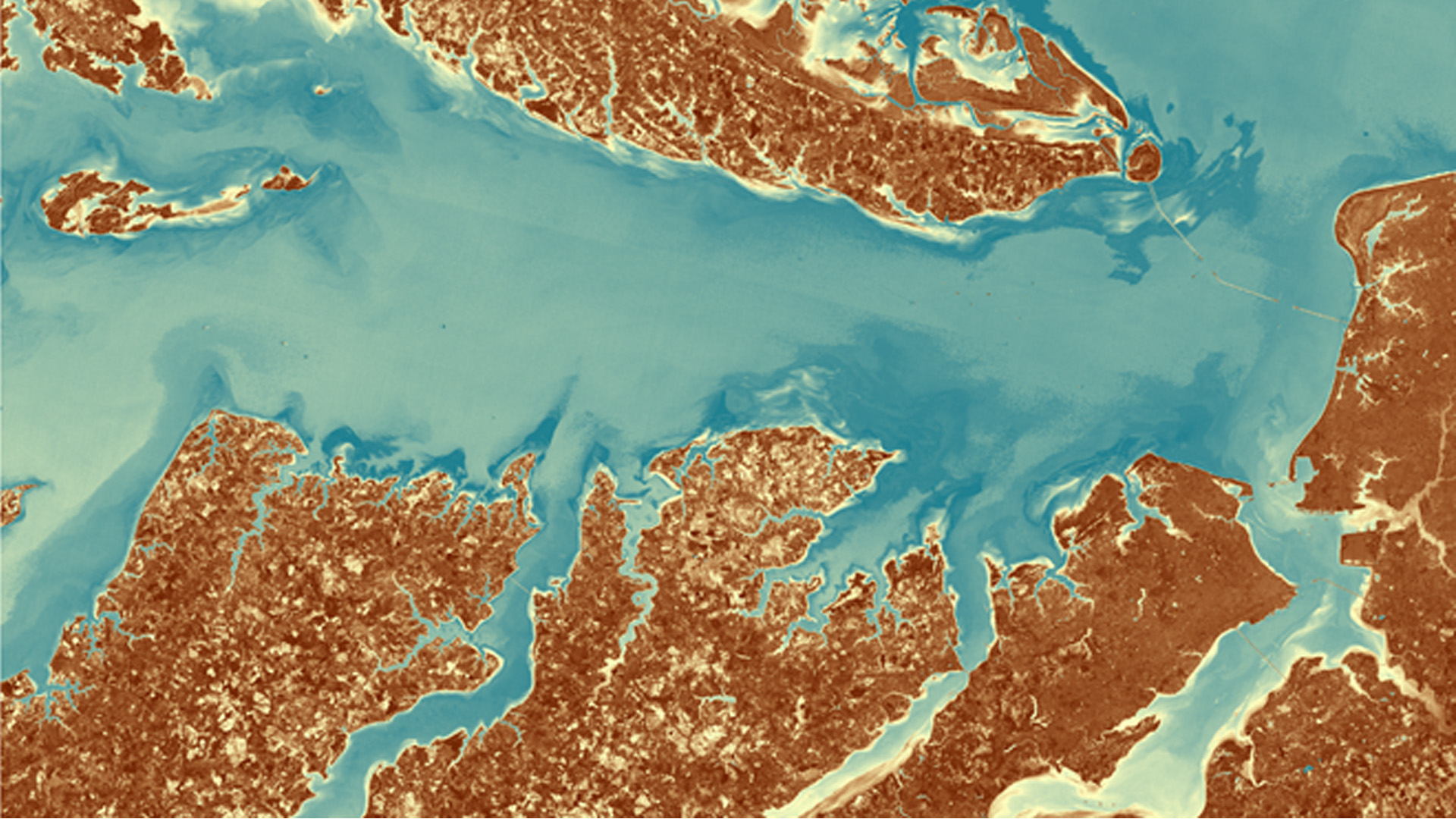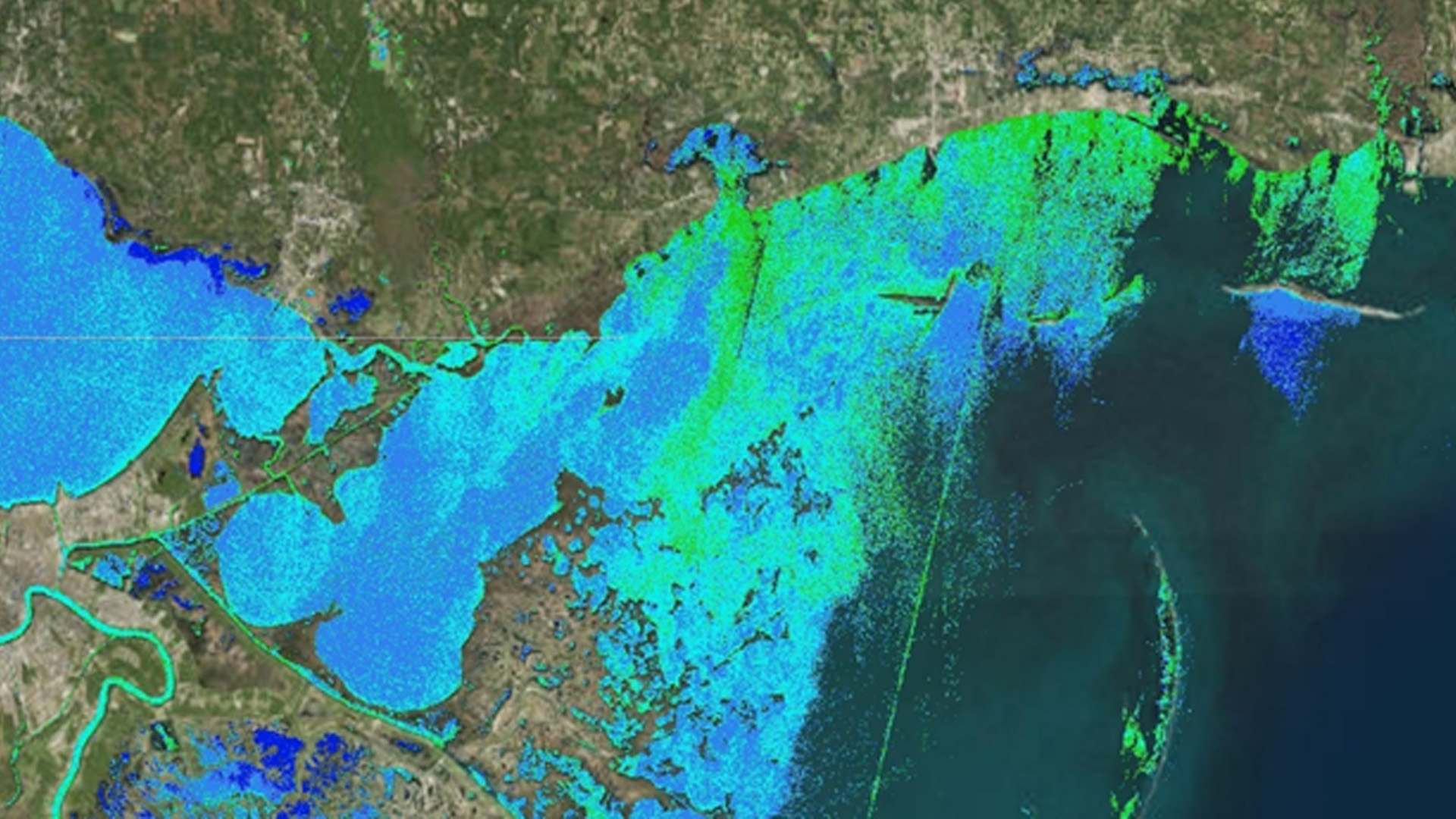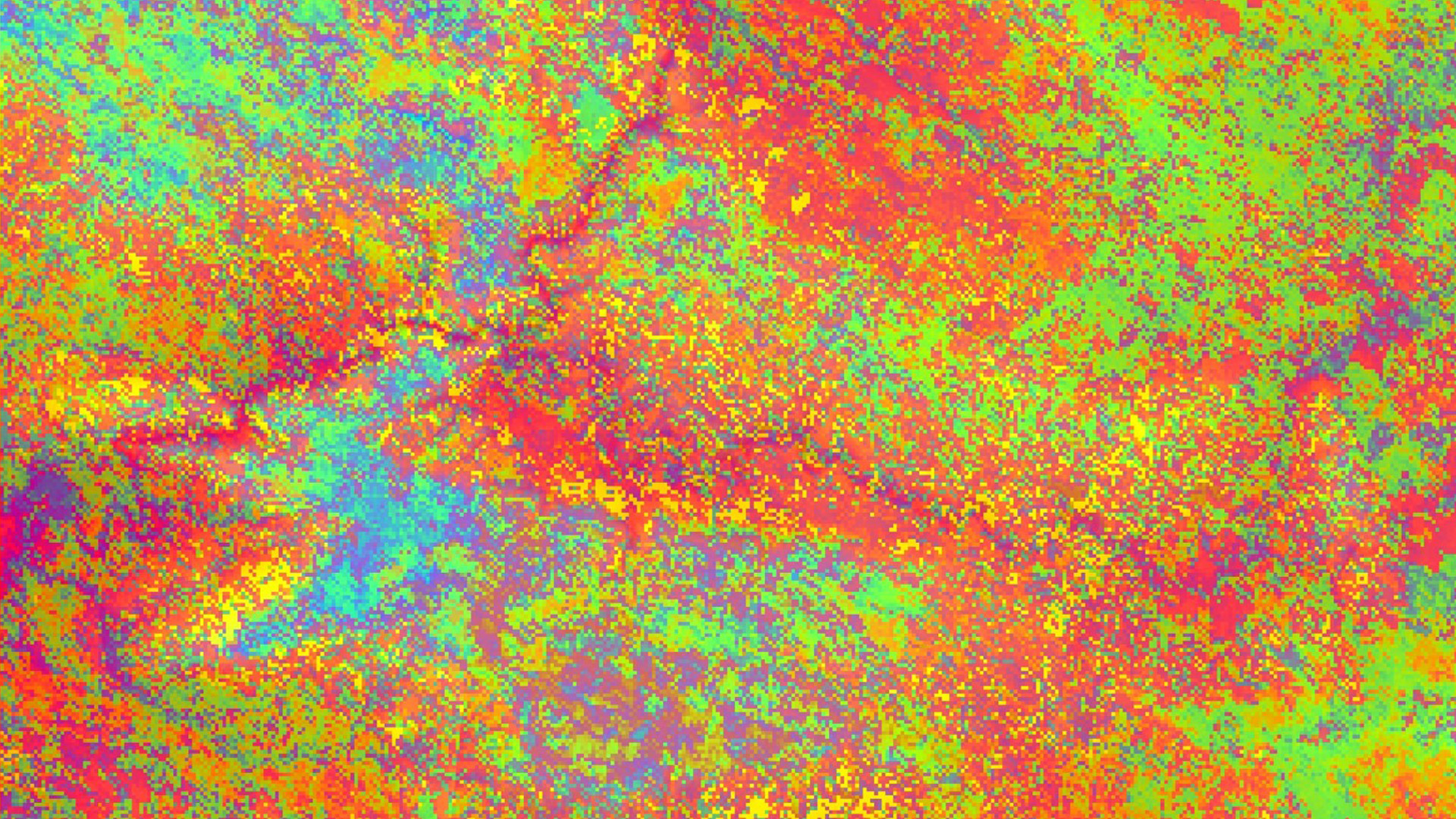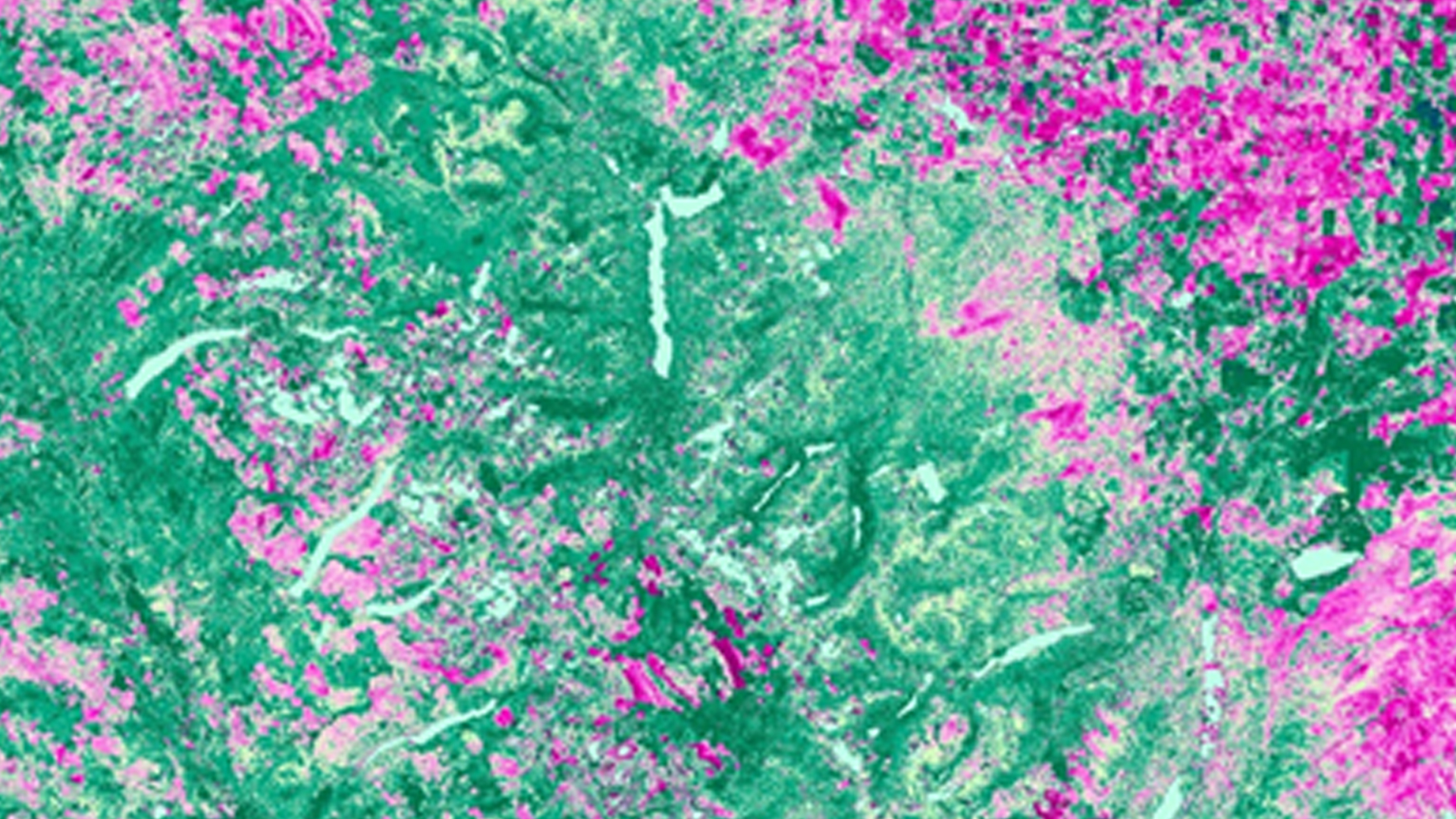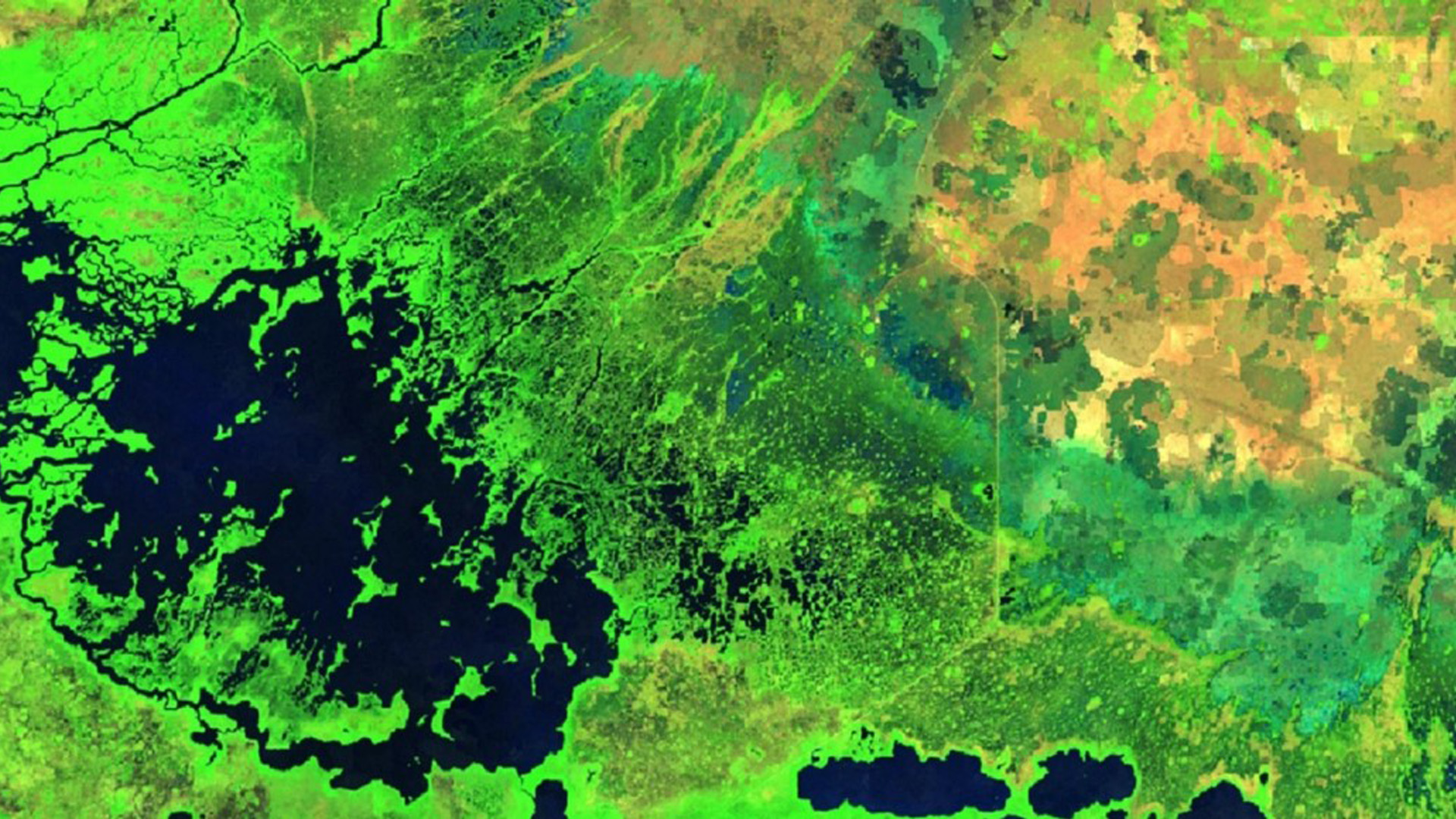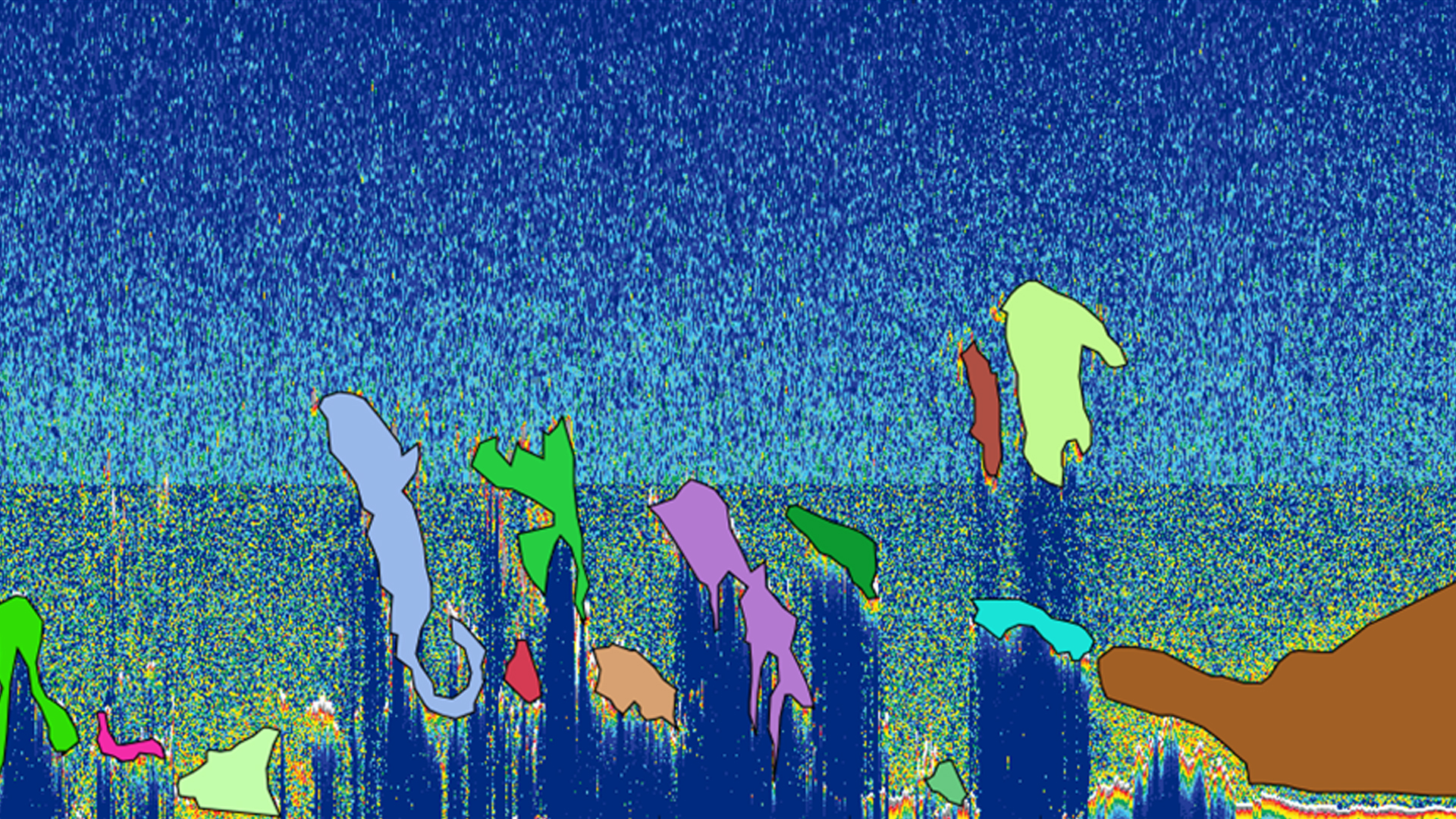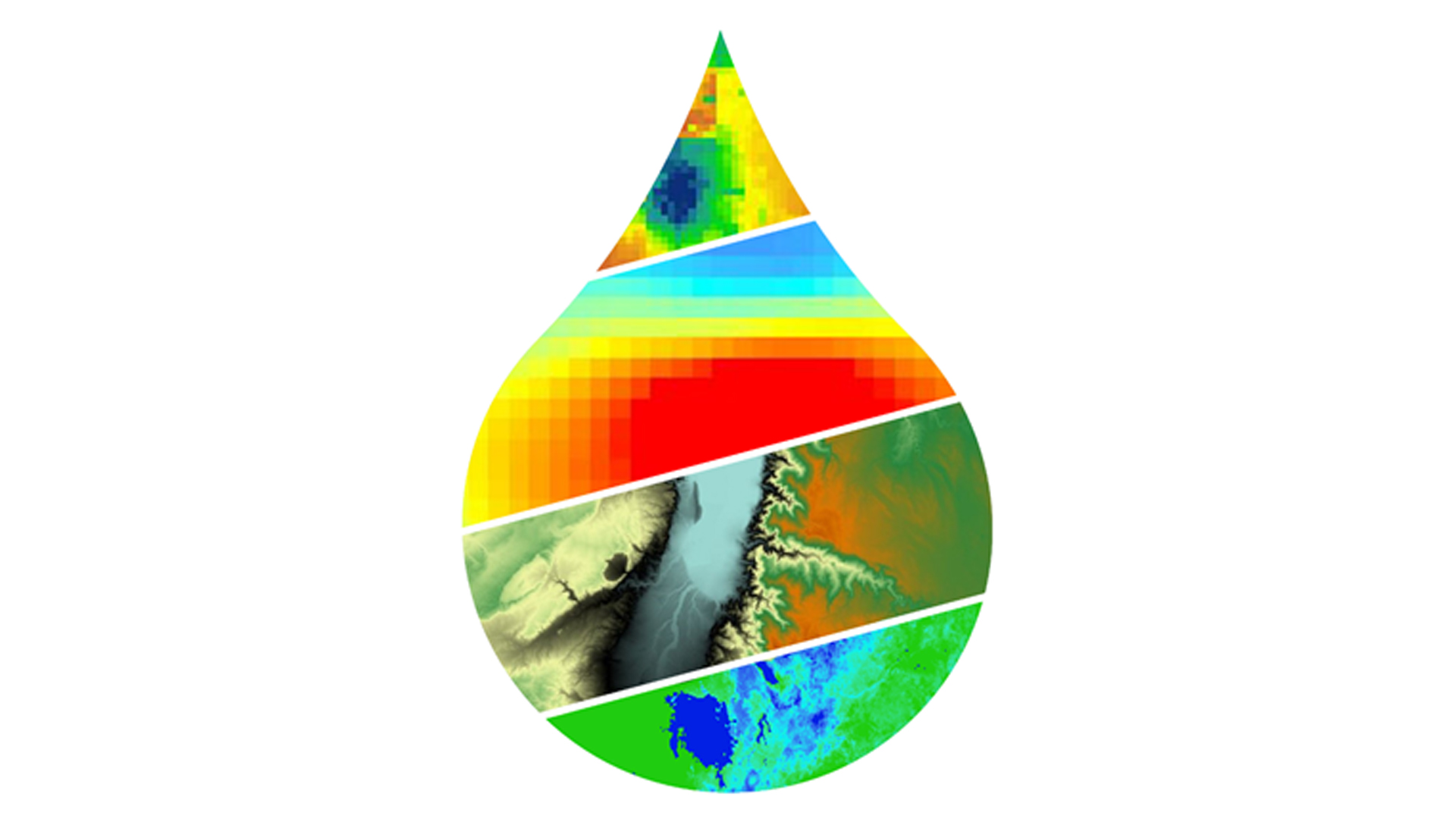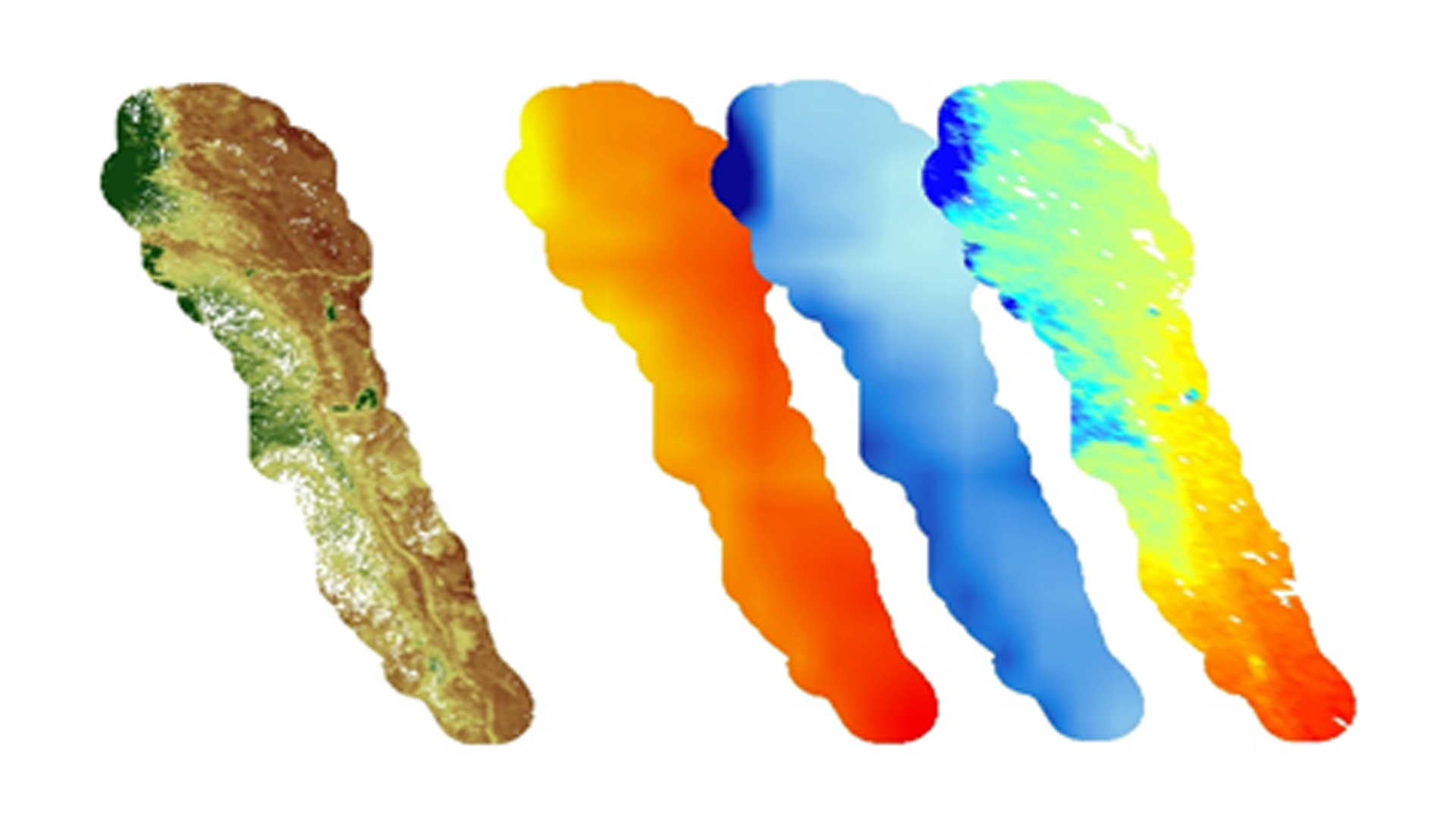Virginia – Langley
Virginia – Langley
Node Host: NASA Langley Research Center
Acronym: LaRC
About the Node Hosts: NASA Langley Research Center is one of the earliest aeronautics research centers of the National Advisory Committee for Aeronautics (NACA) founded in 1915 that eventually became the National Aeronautics and Space Administration (NASA). The center was established in 1917, and merged with NASA upon its creation in 1958. Several significant programs were based out of Langley over the last 100 years, including the Mercury missions, the Gemini/Apollo simulator, the Lunar Landing Facility to train Apollo astronauts to land on the moon, as well as the Viking Program, NASA's first excursion to Mars. Today, Langley is known for its supersonic flight programs, fabrication research and machines, and its heavy focus on scientific research through atmospheric science, CALIPSO, and CERES. The center is co-located with US Langley Air Force Base, and offers volunteer opportunities to active-duty Air Force personnel.
History of the DEVELOP Node: The Langley node was the first DEVELOP office, opening in 1998 with three participants that produced a white paper on remote sensing capabilities. Langley Research Center also hosted the DEVELOP National Program Office, and continues to be co-located with it today. Over the last 19 years, the Langley node has greatly expanded both in size and space, and once hosted approximately 80 participants in a single term. Today, Langley hosts between 12-15 participants in the spring and fall terms, and 20-30 participants in the summer term.
About the Node: Since 1998, the node has expanded to conduct 12-15 projects per year with approximately 50 participant opportunities annually. Co-located with the National Program Office, the Langley node features projects from all Application Areas, and the node's science advisor is also the National Science Advisor for the entire program. The Langley node, however, is noted for its work with atmospheric science, specifically through collaborations with the CALIPSO Science Team and the Atmospheric Science Data Center (ASDC).
- Location
- Hampton, Virginia
- Node Leadership
- Fellow: Adriana Le Compte
- Science Advisor: Dr. Kenton Ross
- Featured Project
- Colorado National Monument Ecological Forecasting
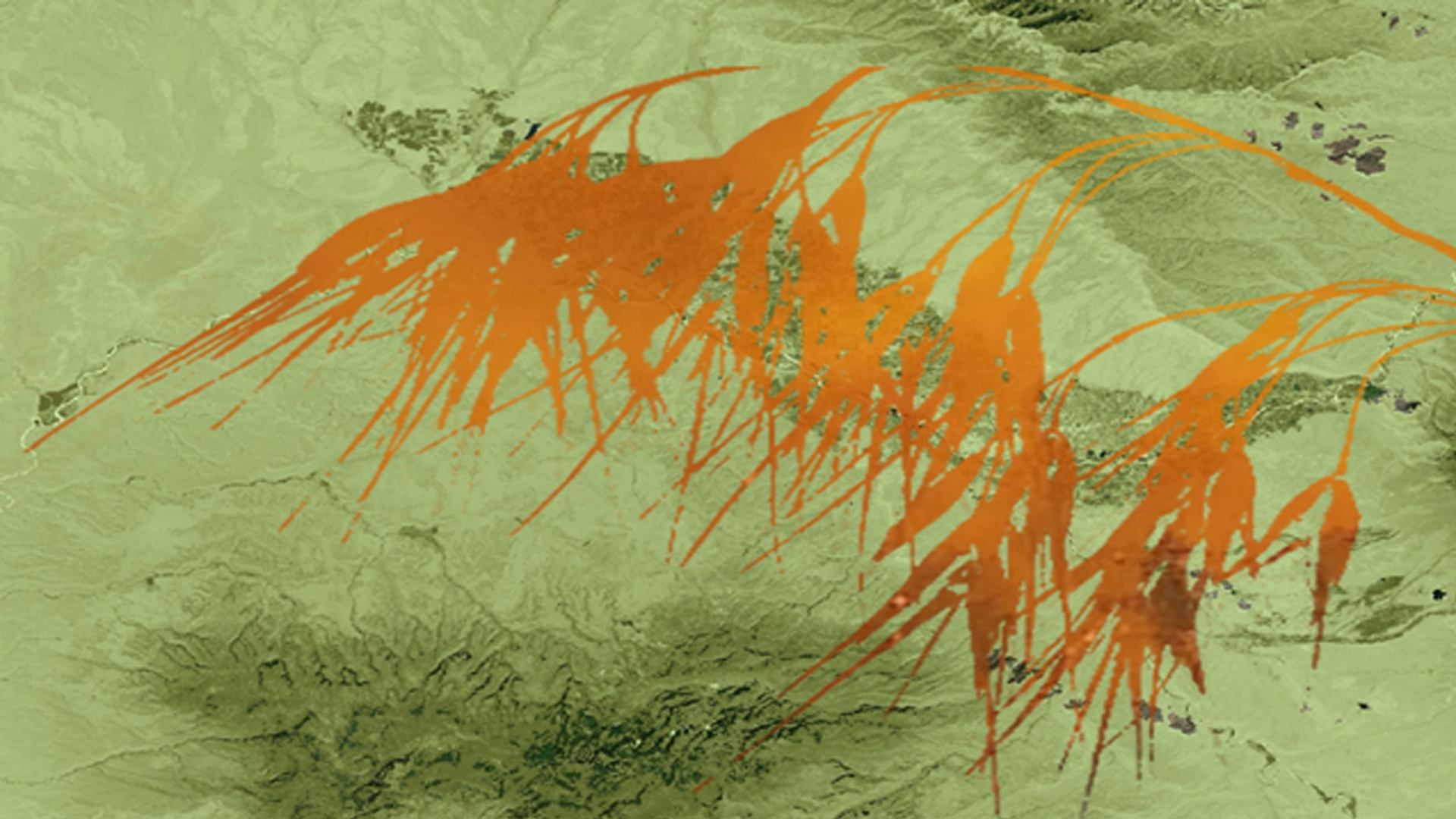
Projects
Publications
Anup Myneni, James Myers, "Applied, Interdisciplinary Approach to Student STEM Training and Development", Journal of Virginia Science Education, Fall/Winter 2010, Volume 4, Number 1.
Lauren Childs-Gleason, Madeline W. Brozen, Jonathan L. Gleason, Tracey L. Silcox, and Lauren W. Underwood, "Assessing the Impacts of Building Capacity in the Use of Earth Observations through the NASA DEVELOP Program", Earthzine, June 2009.
Jessica Crouch, Chris Weigle, Jonathan Gleason, Yuzhong Shen, Polar Stratospheric Cloud Visualization: Volume Reconstruction from Intersecting Curvilinear Cross Sections, SPIE-IS&T, January 2008, Visualization and Data Analysis 2008, Volume 6809.
